Introduction
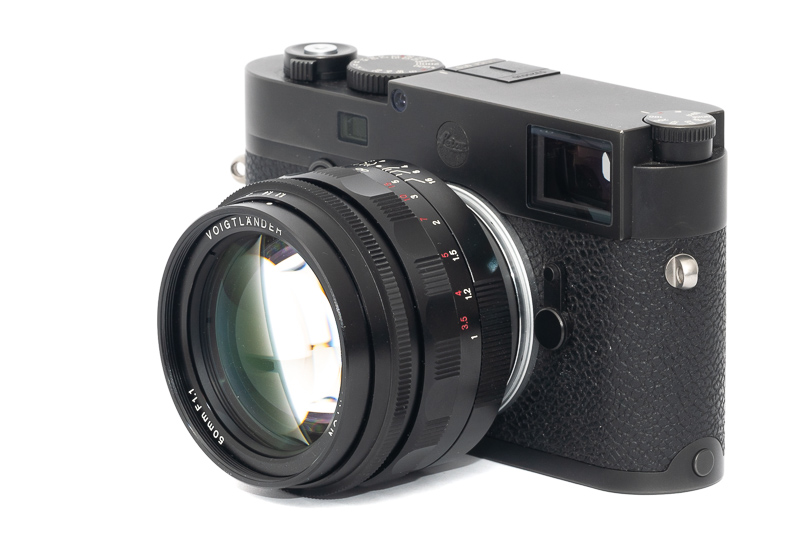
Not counting special editions Cosina released ten different 50mm rangefinder lenses by now. This Voigtländer 50mm 1.1 Nokton was the first super fast one, featuring an all spherical design similar to the Leica 50mm 1.0 Noctilux. Despite its appealing f/1.1 maximum aperture, this has never been one of Cosina’s more popular lenses – which is clearly reflected by its used price, as you can often find it for ~$500. For a lens this fast that is not a bad price, reason enough to have a closer look at this lens myself.
This lens will be reviewed on the 42mp Sony A7rII and the 24mp Leica M10.
Sample Images
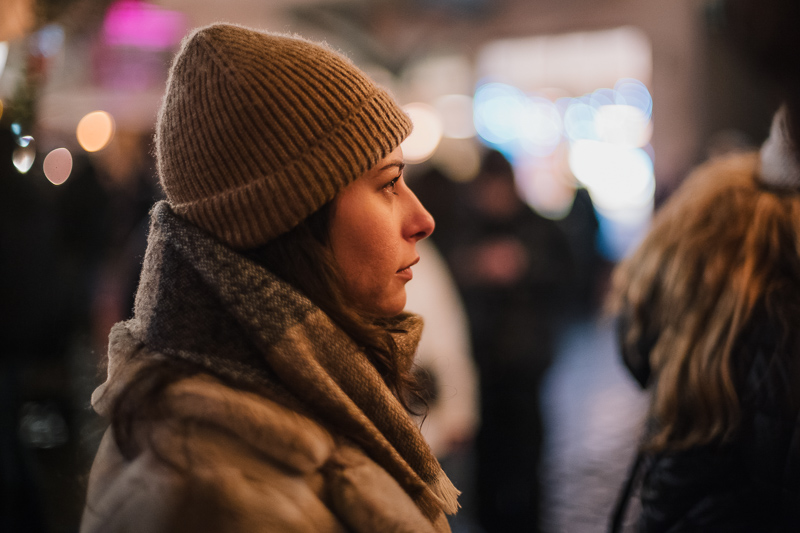
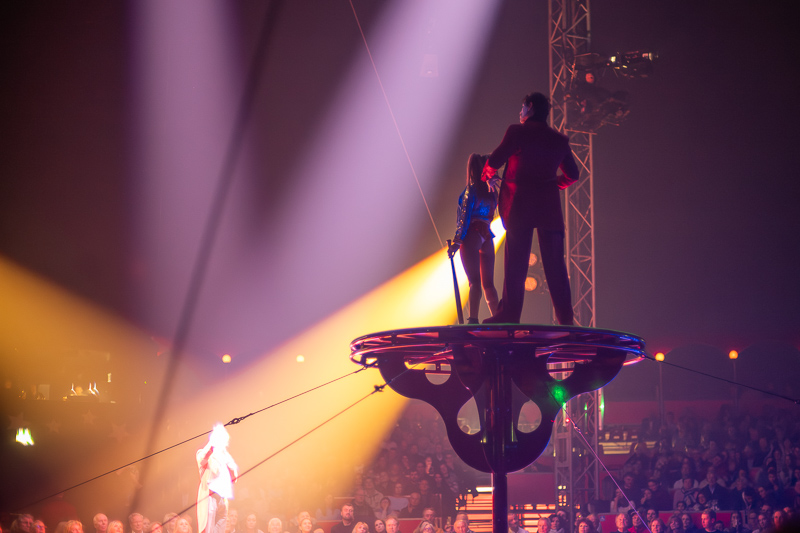
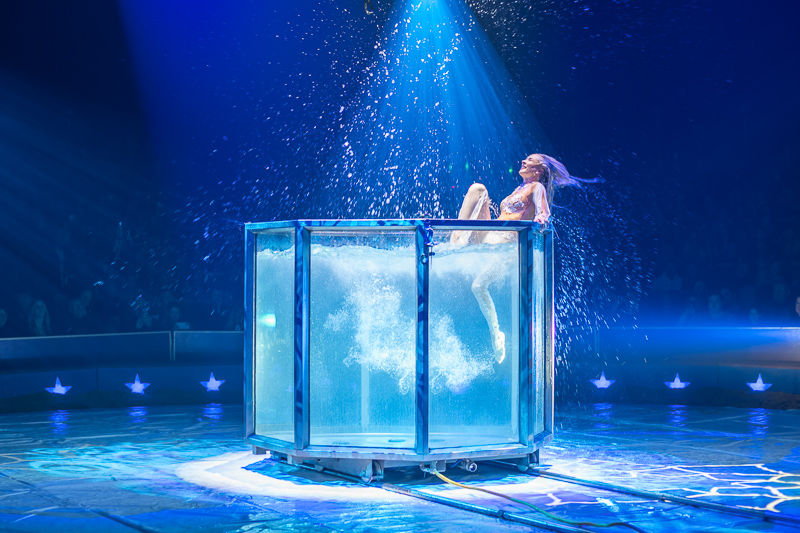
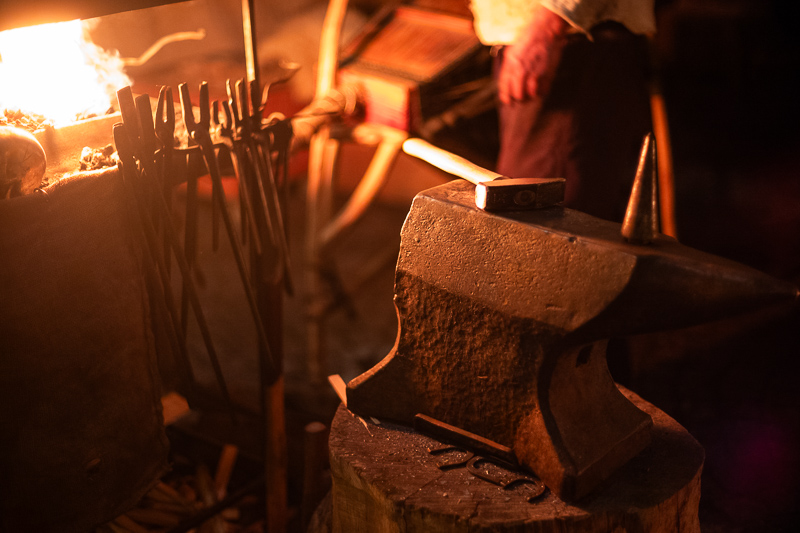
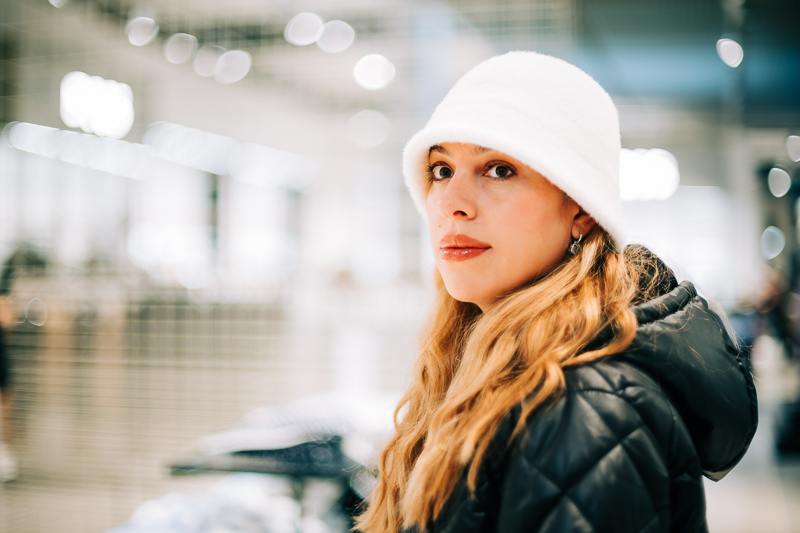
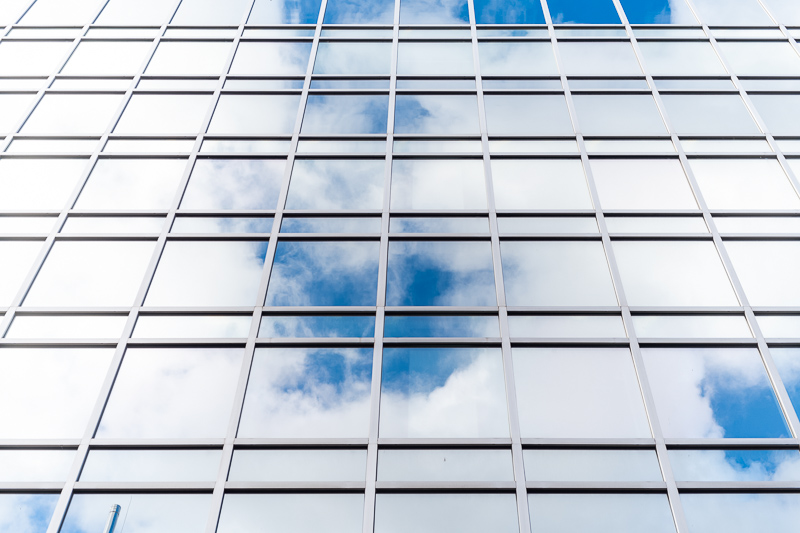
Most of the sample images in this review can be found in full resolution here.
Contents
Specifications / Version History
There have been three Voigtländer 50mm lenses in the f/1.0 to f/1.2 range so far:
- Voigtländer 50mm 1.1 Nokton
428g, 7/6 design, 10 aperture blades, 58mm filter, all spherical design, MFD 1.0 m, 2009-2019 - Voigtländer VM 50mm 1.2 Nokton
347g, 8/6 design, 12 aperture blades, 52mm filter, 4 aspherical surfaces, MFD 0.7 m, 2018- - Voigtländer VM 50mm 1.0 Nokton
482g, 9/7 design, 12 aperture blades, 62mm filter, 3 aspherical surfaces, floating elements, MFD 0.9 m, 2022-
This is a review of the first lens from that list, the Voigtländer 50mm 1.1 Nokton, it has the following specifications:
- Diameter: 70 mm
- Length: 57 mm
- Weight: 428g
- Field of view: 45.9° (diagonally)
- Filter Diameter: 58 mm
- Number of Aperture Blades: 10 (straight)
- Elements/Groups: 7/6
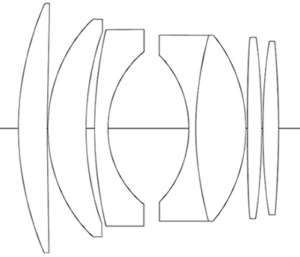
- Close Focusing Distance: 1.0 m
- Maximum Magnification: 1:17
- Mount: Leica-M
buy from ebay.com | ebay.de (affiliate links) starting at $500
Handling / Build Quality
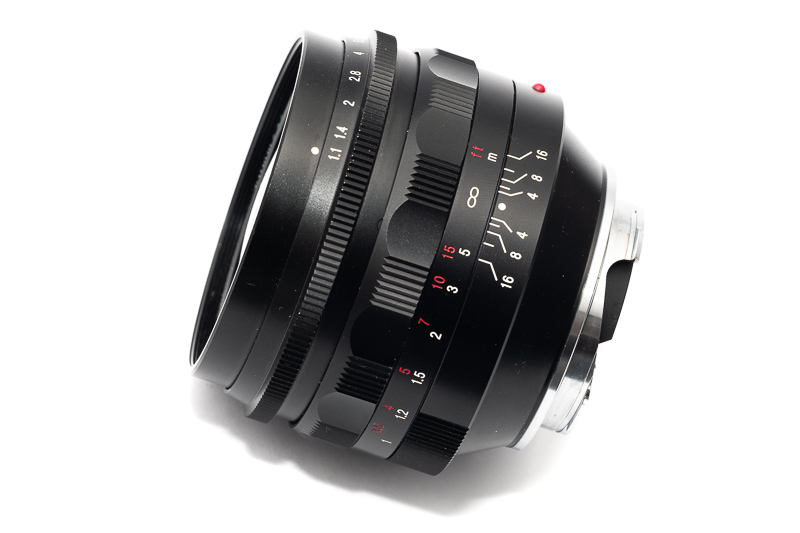
This Voigtländer 50mm 1.1 Nokton features Cosina’s most common casing design: anodized matte black aluminium with red/white markings that are engraved and filled with paint and a small red dot for easier mounting.
The hill/valley focus ring has perfectly even resistance and travels exactly 90° from the minimum focus distance of 1.0 m to infinity, thanks to the long focus throw, setting precise focus is not an issue with this lens, even at longer focus distances.
The aperture ring has half-stop click stops and also travels 90° from f/1.1 to f/16. Interestingly they are not spaced equidistantly here, as the distance between f/1.4 and f/2.0 is bigger than that between f/11 and f/16.
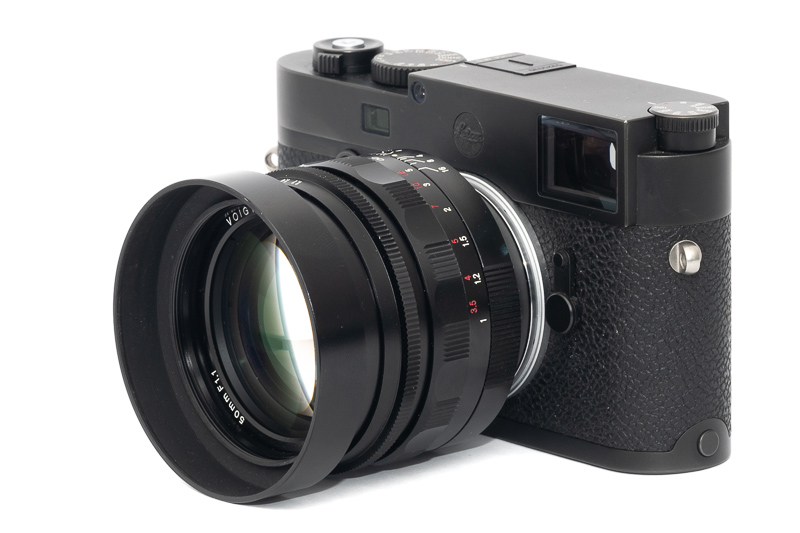
This is one of the Voigtländer M-mount lenses where a hood is included in the package, but if you don’t like its design there is also an expensive vented hood (LH-7) available as an alternative. The hood that is included can not be mounted reversed.
This is a big 50mm lens so there is noticeable rangefinder blockage. The situation is still slightly better here than it is with the newer Voigtländer VM 50mm 1.0 Nokton, as the rangefinder patch isn’t obstructured in any configuration.

In terms of size this Voigtländer 50mm 1.1 Nokton is very similar to its successor, the Voigtländer VM 50mm 1.0 Nokton. The new lens has a higher diameter and is a tiny bit shorter. The Mr. Ding 50mm 1.1 on the other hand is a bit more compact and also slightly lighter.
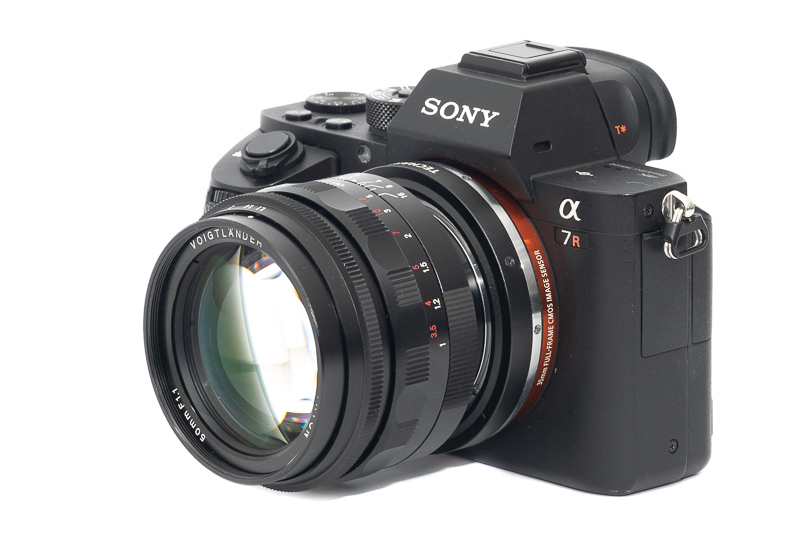
You can adapt this lens to most recent mirrorless cameras. If you are using a Sony-E or Nikon-Z camera you can even use the Techart LM-EA9 adapter to turn this into an AF lens, be aware that AF works okayish from f/2.0 onwards (even in the outer parts of the frame), but hunts way too much with the lens set to wider apertures.
Vignetting
Light falloff
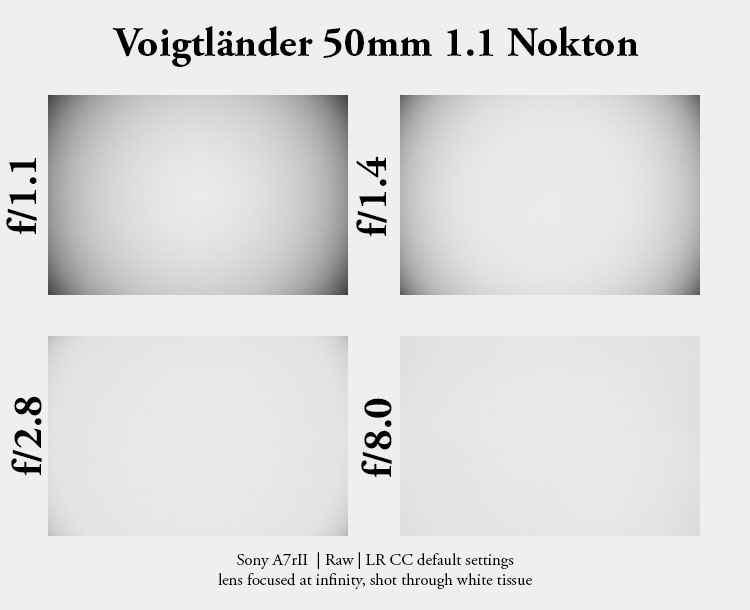
| f/1.1 | 3.6 EV |
| f/1.4 | 2.9 EV |
| f/2.0 | 1.9 EV |
| f/2.8 | 1.3 EV |
| f/4.0 | 0.9 EV |
| f/5.6 | 0.6 EV |
| f/8.0-f/16 | 0.3 EV |
Compared to its successors this 50mm 1.1 Nokton has a pretty long back focus distance (meaning a long distance between rear element and sensor/film plane). Why is this important? It means that the light rays coming from the lens are hitting the sensor almost orthogonally and because of that the “pixel vignetting” of digital sensors should not be much of an issue here.
At wider apertures the vignetting is very strong though, comparable to other, similarly fast M-mount lenses, while stopped down there is hardly any light falloff. Of all the fast 50mm M-mount lenses I have used only the Mr. Ding 50mm 1.1 and the Leica 50mm 0.95 Noctilux-M show similarly low vignetting stopped down.
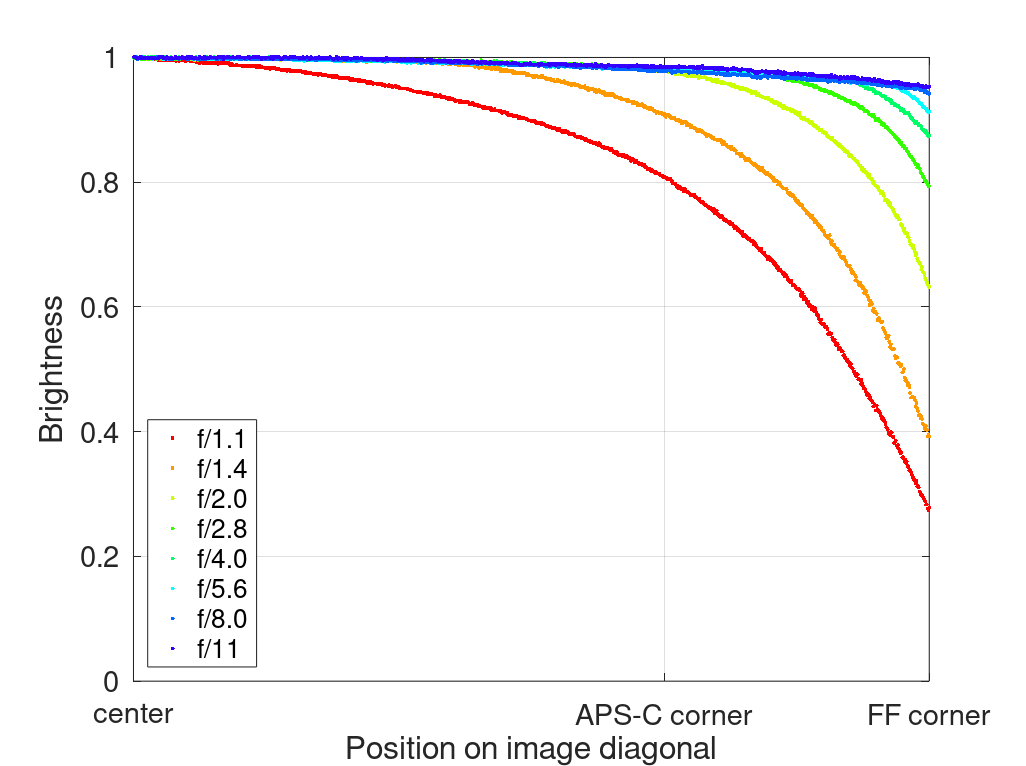
It is recommended to have a look at this article first to get an idea how this brightness graph works.
Optical vignetting
Fast lenses usually show a noticeable amount of optical vignetting, especially so the compact ones. Without going too much into technical details optical vignetting leads to the truncation of light circles towards the borders of the frame.
In the center of the frame almost every lens will render a perfect circle, but only lenses with very low optical vignetting will keep this shape in the corners.
So in the following comparison we move from the center (left) to the extreme corner (right) and see how the shape of the light circle changes.
I did shoot all these lenses at a focus distance of 1.0, therefore the results are directly comparable.
My favorite when it comes to optical vignetting remains to be the VM 50mm 1.2 and I see a bit of a draw between the f/1.0 and the f/1.1.
While you can see faint onion ring structures in the newer VM lenses due to the usage of aspherical elements, this is not the case for this older 50mm 1.1 Nokton that uses an all spherical design.
Sharpness
Focus shift
In terms of focus shift this Voigtländer 50mm 1.1 Nokton is one of the worst performers at closer distances I came across so far. The focus shift from f/1.4 to f/2.0 is massive and the one from f/2.0 to f/2.8 almost as big again. If you are relying on the rangefinder to focus this lens (definitely not something I would recommend) it is probably a good idea to either use this lens at its maximum aperture or stopped down a lot.
Contrast and resolution also don’t peak in the same focal plane at this distance.
The Canon 50mm 1.2 LTM is a lens that also showed very strong focus shift at a 1.0 m focus distance, but a lot less at 1.5 m. Sadly, this is not the case here, the situation is as bad at 1.5 m as it is at 1.0 m.
At least at infinity this focus shift is hardly noticeable anymore.
infinity (42mp Sony A7rII/24mp Leica M10)
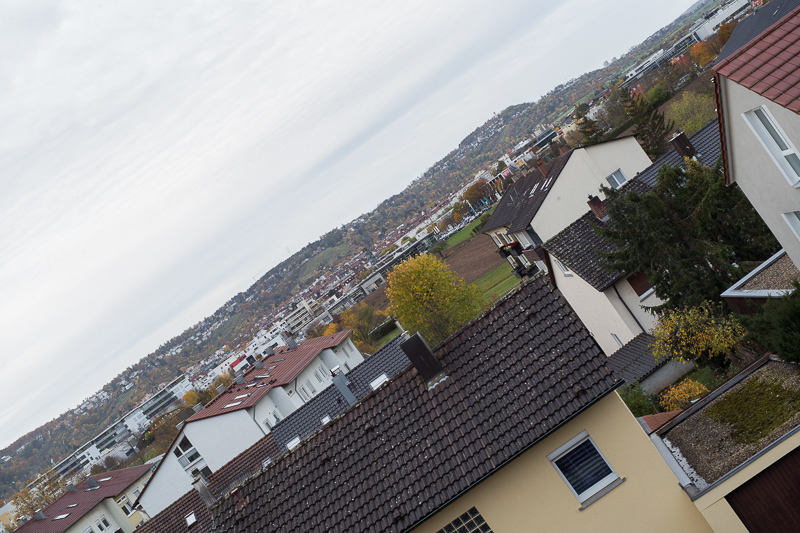
At f/1.1 even the center is pretty soft and also shows some color aberrations. On the M10 we see a steady drop in sharpness towards the corners. For the midframe area to look good, stopping down to f/4.0 is needed. The situation in the corners reminds me a lot of the Voigtländer 40mm 1.2: the exterme corners look pretty bad until stopped down to at least f/8.0.
When used on a Sony (or any other mirrorless camera with a thicker filter stack) there is a massive midzone dip at wider apertures, making the midframe area look pretty bad until stopped down to at least f/5.6, better f/8.0 to f/11.
For the corners to look somewhat decent stopping down to f/11 is mandatory here. At this setting the lens could also be used for landscape/architecture shooting, but it definitely wouldn’t be my first choice for that on a Sony camera.
Looking at the results from my Super Fast 50mm M-mount lenses comparison, the Voigtländer VM 50mm 1.2 Nokton is the best at infinity followed by the VM 50mm 1.0. The Mr. Ding 50mm 1.1 shows a similar performance in this category.
portrait 1.5 m (24mp Sony A7III/Leica M10)
Let’s see what the performance is like at a typical portrait distance for a 50mm lens of ~1.5 m.

We will be looking at 100% crops from the 24mp Sony A7III and the Leica M10. Both cameras do not have an anti aliasing filter in front of the sensor.
Leica M10 <—> Sony A7III
In the center the Voigtländer 50mm 1.1 Nokton shows a good performance, but the farther you move away from the center, the softer it gets. Stopping down to f/1.4 improves contrast and clarity slightly.
In some of the side-by-side pictures things look better when using this lens on a Sony camera, this is most likely due to achieving critical focus being much easier on the Sony camera.
How does this lens compare to other Super Fast 50mm M-mount lenses? The Voigtländer VM 50mm 1.0 Nokton turned out to be a bit of a revelation in this category and it is easily the best. The Voigtländer VM 50mm 1.2 also looks really good from f/1.2.
The Leica 50mm 0.95 performs similar in the center of the frame, slightly better in the inner midframe but way worse in the outer midframe area.
The Mr. Ding 50mm 1.1 might be a bit softer in the center, but performs similar in the other parts of the frame.
So what is the takeaway message? I tend to say, there are no real surprises here. The latest Voigtländer lenses making use of aspherical elements do perform better, but the all spherical Mr. Ding 50mm 1.1 performs on a similar level.
Close 1.0 m, 1:17 (42mp Sony A7rII)
Unfortunately this is one of the 50mm M-mount lenses that only offers a minimum focus distance of 1.0 m – just like the Leica 50mm 0.95 and Zhong Yi 50mm 0.95 M. Unlike the aforementioned Leica and its successor, the Voigtländer VM 50mm 1.0 Nokton, the lens being reviewed here does not feature a floating elements design.
At f/1.1 (and actually even more so at f/1.4) the lens is rather soft at this distance. Why does it look worse at f/1.4? In the focus shift section we already saw resolution and contrast do not peak in the same focal plane at wider apertures, this can lead to such interesting effects and it also makes focusing harder. At f/2.0 it is still a bit soft, starting from f/2.8 things look way better.
The Voigtländer VM 50mm 1.0 Nokton looks better at f/1.0 than this lens at f/1.1 or f/1.4 – despite focusing slightly closer. The Leica 50mm 0.95 is really soft at f/0.95 but does also look better at f/1.4. The Voigtländer VM 50mm 1.2 Nokton and also the Mr. Ding 50mm 1.1 do actually look softer at their maximum aperture and stopped down to f/1.4, but they also focus down to 0.7 m, so this is a comparison to their disadvantage.
Flare resistance
As always evaluating flare is a complex matter since you can get any lens to look bad if you push it hard enough and a slight change of scenario can affect results a lot. Now Cosina’s Voigtländer lenses have often been among the best in this category, yet super fast lenses often fared pretty bad and this is also a somewhat older design, so I am not sure what to expect here.
At the maximum aperture with a strong point light source in the frame you can create some massive artefacts. When I saw those I was wondering how the situation improves on stopping down:
As you can see from the series above, some of these artefacs disappear on stopping down whereas others remain. I also made the same observations with street lamps at night:
Now this was of course not only a pretty extreme, but also a staged scenario.
We have seen at wider apertures the situation isn’t great, but what about stopped down?
Stopped down to f/11 the situation is generally a bit better, but it can still be a good idea to use liveview if possible to see if there are any unwated artefacts that could be avoided by the help of slightly reframing.
While I was using the short hood for every picture you see in this review it doesn’t do a particularly great job. You may still encounter situations like these, where there is a lot of veiling flare vastly reducing the contrast with a strong light source outside of the frame:

Especially in darker shooting conditions I found this rather annoying:
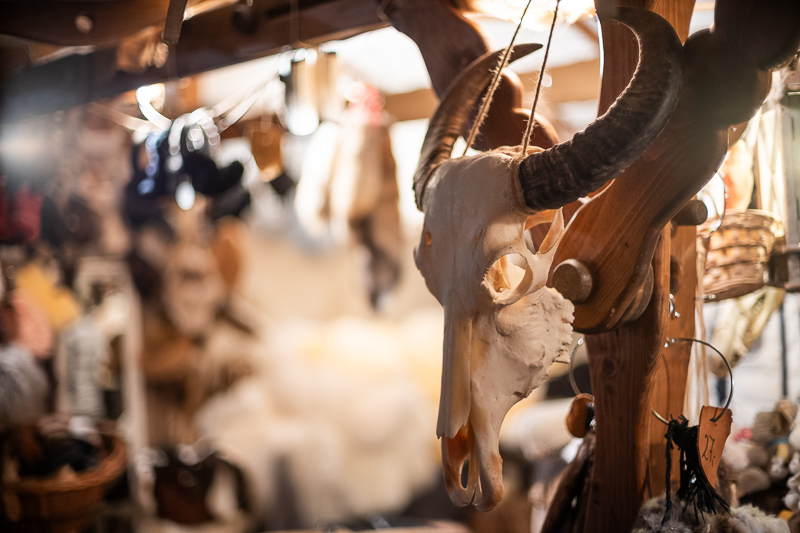
Where does all of this leave us? The Voigtländer VM 50mm 1.2 Nokton is the best of the three fast 50mm Noktons. The newer Voigtländer VM 50mm 1.0 Nokton does better in some areas, but worse in others, so I see a bit of a draw here.
All of these three Voigtländer lenses still perform better in this catergory than the Mr. Ding 50mm 1.1 and pretty much all the other fast 50mm lenses from the Chinese manufacturers.
Coma
This Voigtländer 50mm 1.1 Nokton does not feature any aspherical elements so I did not expect a great performance here to begin with. The Coma artefacts actually look very similar to those of the Leica 50mm 0.95 Noctilux – despite that one being an aspherical design.
Now it shouldn’t come as a surprise, that the latest Voigtländer 50mm lenses with aspherical elements do perform better here, what is more surprising is that also the Mr. Ding 50mm 1.1 does – a lens that is just as fast, smaller, lighter and also features an all spherical design.
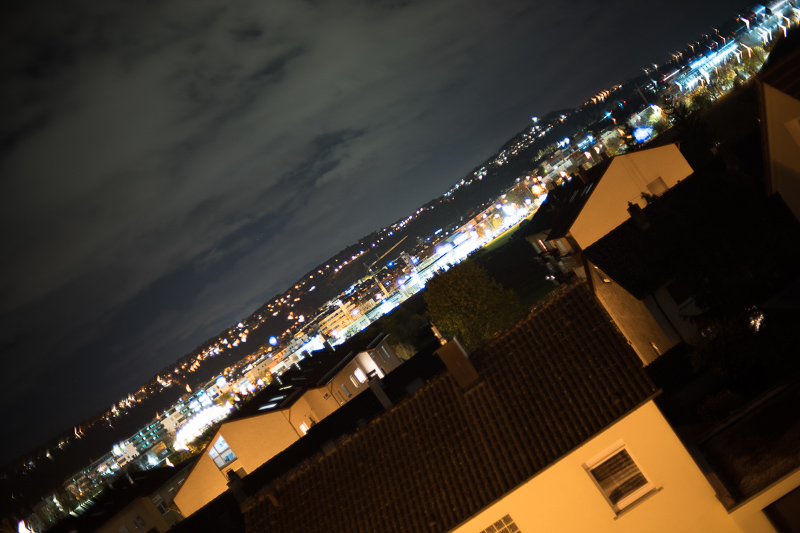
Distortion
The Voigtänder 50mm 1.1 Nokton shows a slight, not perfectly uniform, barrel distortion. There is a profile in Lightroom/CameraRAW available that is doing a good job at correction the distotion, I used this profile for some of the sample pictures with a lot of straight lines.
Bokeh

What should be the expectations here? At wider apertures there is a lot of coma and optical vignetting is also strong, so I expect some busy and distracting corner bokeh. Let’s see if I am right about that.
Close distance
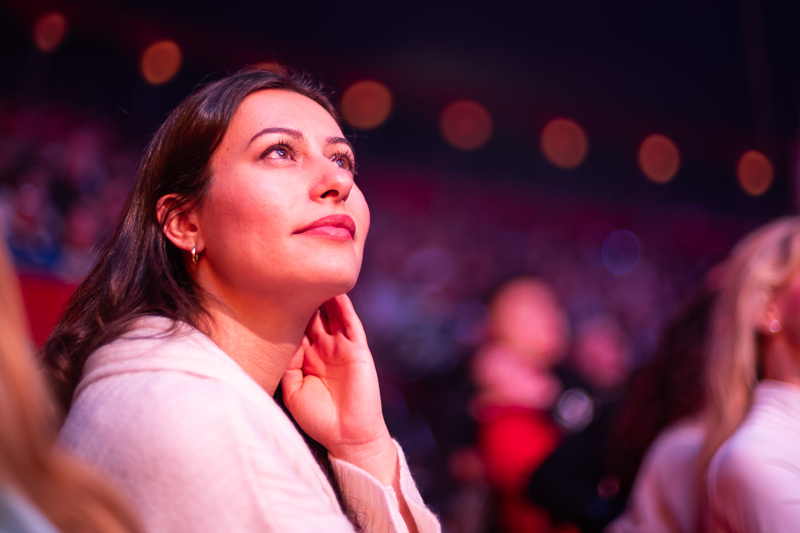
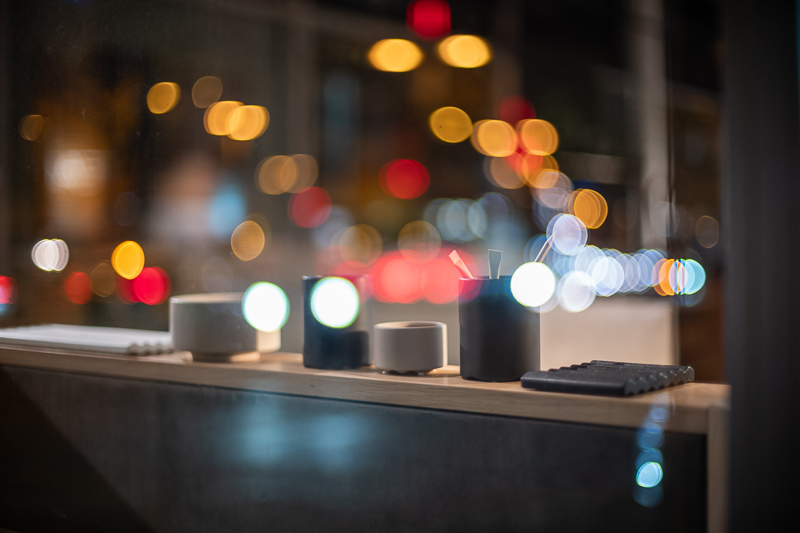
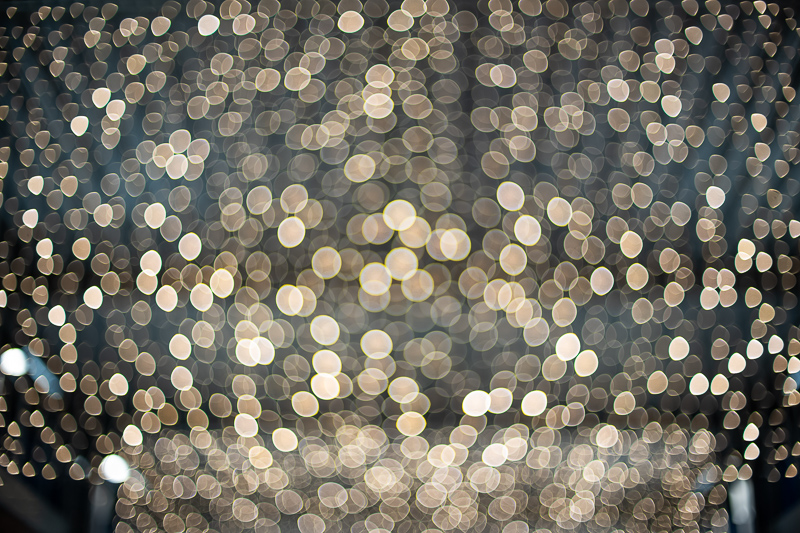
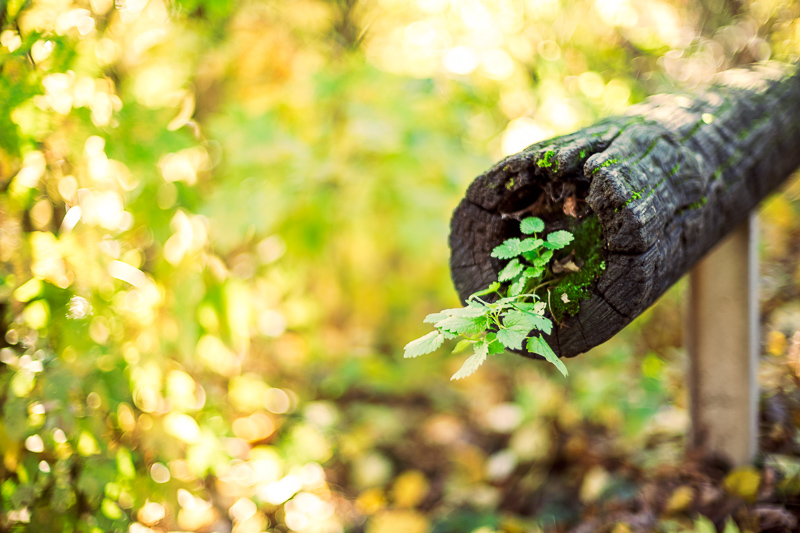
Already at closer distances we see pronounced outlining around out of focus light points and deformed points thanks to optical vignetting (and other aberrations). It of course depends on the background if this is noticeable or not. Good news are that sharpness and contrast are good from f/1.1 here.
Mid distance

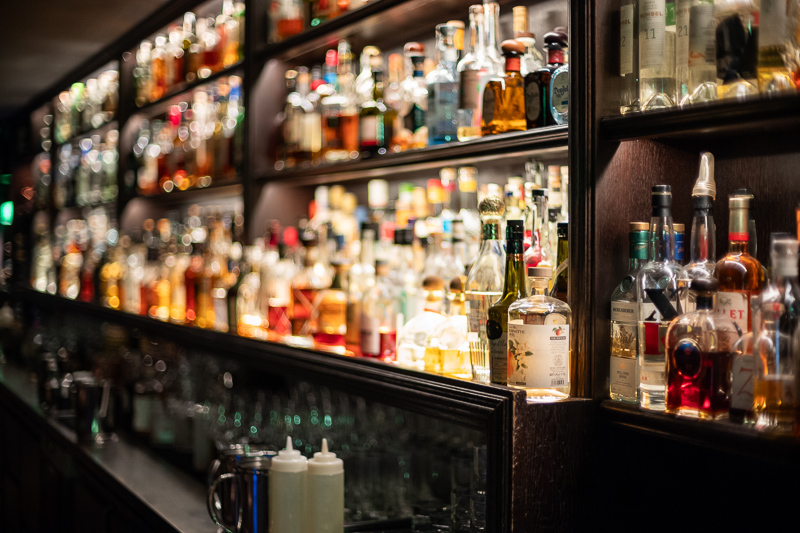

Mid distances are where I think contrast and resolution of this lens are best. Close to the edges and borders there is a stronger tendency towards double edged structures though – at least when you use this lens at f/1.1, but this is probably what you bought it for in the first place.
Similar to some other 50mm lenses (e.g. the Sigma 50mm 1.4 EX) this Voigtländer creates very distinct triangular highlights towards the borders in certain situations at its maximum aperture, e.g here with a structured background with a lot of foliage:
Long distance
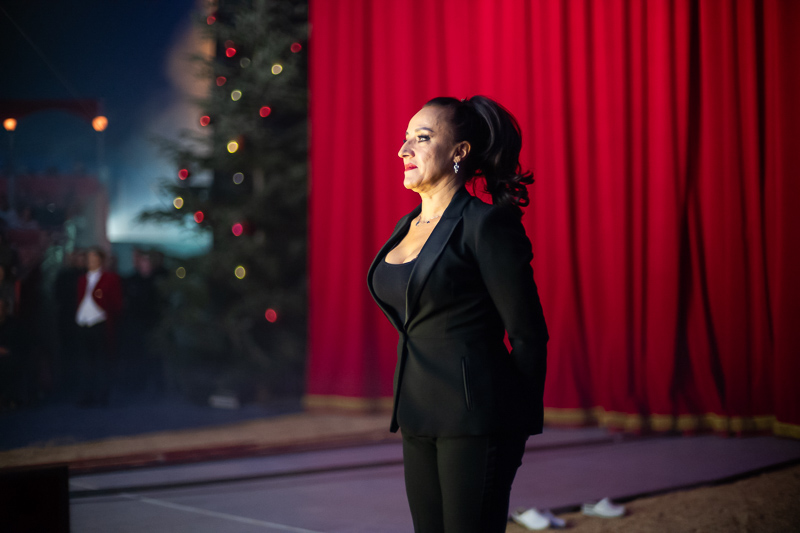
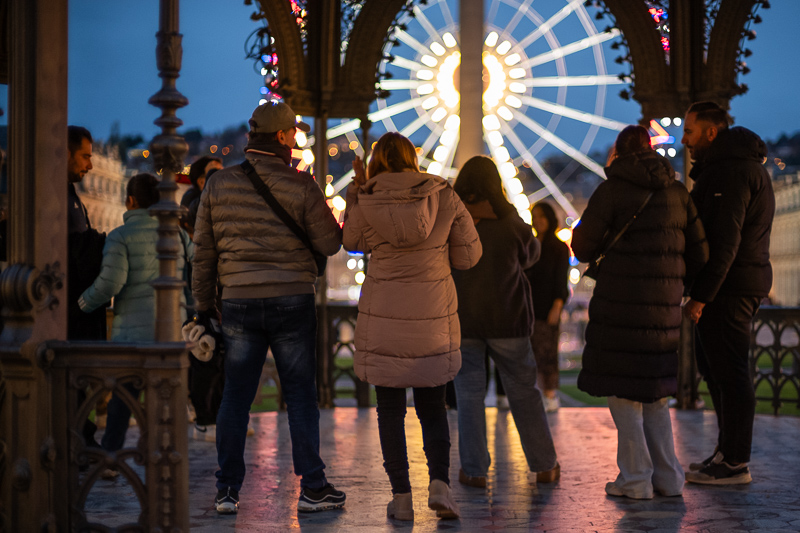
This Voigtländer 50mm 1.1 is not designed for very smooth bokeh rendering, this is most obvious when comparing it to a modern lens that is, so this is what we will do now.
Compared to: Voigtländer VM 50mm 1.0 Nokton
Field of View
The older Voigtländer 50mm 1.1 Nokton is noticeably longer than the newer Voigtländer VM 50mm 1.0 Nokton. For the following comparisons I adjusted the field of view of the f/1.0 lens so that they are easier to compare.
Scene 1: Light Points
Scene 2: Transition
Scene 3: Mid distance
Scene 4: Long distance
Observations
In the center of the frame the VM 50mm 1.0 creates a bit more blur – as was to be expected, it is slightly faster after all. What is even more obvious is that it also draws a smoother bokeh, as light circles show less outlining.
We can see in the scenes 2 to 4 how this translates into more complex scenes: in the central part and most of the midframe the newer lens draws a way less structured bokeh.
The edges and corners are a different story though: in scene 2 the new 50mm 1.0 again looks smoother, but in scene 4 I can hardly see a difference anymore.
Now obviously I chose these scenes to highlight the differences. When looking at the other pictures I took with this Voigtländer 50mm 1.1 Nokton, there are only a handful where I think that I would be able to tell if it had been taken with this older 50mm 1.1 or the 2 to 4 times more expensive newer 50mm 1.0.
I also added these comparison pictures in full resolution to this lens’ flickr album.
Sunstars
Unlike the newer VM 50mm 1.2 and VM 50mm 1.0 this 50mm 1.1 makes use of Cosina’s “traditional” aperture diaphragm construction with 10 straight aperture blades.
It creates the typically pointed sunstars the Voigtländer lenses are famous for from f/1.4 to f/11. At f/16 the opening is perfectly round, so no suntars here.
If you want to learn more about sunstars have a look at this article.
We also see signs of very strong spherical aberration at f/1.1 here and to a lower degree also at f/1.4, making itself felt by the massive purple halos around point light sources. The Leica 50mm 0.95 Noctilux-M and Zhong Yi 50mm 0.95 M showed this to a similar degree, the Voigtländer VM 50mm 1.0 and VM 50mm 1.2 did a bit better.
Chromatic aberration
lateral
There is only a very low amount of lateral CA which is easily corrected in post by just one click. I didn’t really feel the need to correct this in any of the pictures I took with this lens.
longitudinal
Leica M10 | Voigtländer 50mm 1.1 Nokton | f/1.1
Bokeh fringing is about average for a lens with these parameters: a bit green behind the focal plane and a bit magenta in front of it. Looks like there is a lot of purple fringing though, so let’s have a closer look at that:
Now in my comparison of Super Fast 50mm M-mount lenses none of the lenses really stood out when it comes to purple fringing and this one wouldn’t either.
Conclusion
good
|
average
|
not good
|
It was a very interesting experience to use this lens after having used Cosina’s latest Voigtländer VM 50mm 1.0 Nokton before. With only a 10% weight and a slight size increase they managed to make their flagship 50mm lens faster and at the same time improve its performance in almost every category while even allowing it to focus closer. How did they manage to do that?
They used a ground aspherical high refractive element, incorporated a floating elements design and decided to go for a much shorter back focus distance, opening up space for additional correction elements. Moving the rear element closer to the sensor also meant reducing its diameter though, leading to much higher stopped down vignetting on digital cameras. And the newer f/1.0 Nokton is significantly more expensive, especially compared to what this f/1.1 Nokton is going for on the used market these days.
Considering all these technological disadvantages this older Voigtländer 50mm 1.1 Nokton did show a pretty solid performance. The Pro/Con table on top doesn’t look all that different from that of the Voigtländer VM 50mm 1.0 Nokton after all.
This Voigtländer 50mm 1.1 Nokton did receive some pretty bad press in the past though, so why is that? I think this is mainly thanks to focus shift. If you use the rangefinder to focus, it is likely that you will run into some issues especially in the f/2.0 to f/2.8 range. If you have a camera with liveview I recommend using that at wider apertures to avoid this problem.
These days, the super fast 50mm lenses are all about the look they create and here there are huge differences between them. This one creates a more “classic”, undercorrected look and there are some people that are looking exactly for that. If you are one of those, this lens is actually a pretty good deal and should definitely be worth a closer look, especially before you spend big money on a Leica 50mm 1.0 Noctilux-M, which essentially does the same thing, but for ten times the price.
buy from ebay.com | ebay.de (affiliate links) starting at $500
Alternatives
In terms of look of the pictures the lens that does come closest seems to be the old Leica 50mm 1.0 Noctilux-M that you can usually find for roughly $6000 on ebay.com (affiliate link). I haven’t used that lens personally yet and I also haven’t seen anything that would ever make me spend that much money on one.
However, I did review a lot of other 50mm M-mount lenses all of which you can find listed here. And lately I also published a comparison of six super fast 50mm M-mount lenses (Leica 50mm 0.95 Noctilux-M, Zhong Yi 50mm 0.95 M, Voigtländer VM 50mm 1.0 Nokton, MS-Optics 50mm 1.0 ISM, Mr. Ding 50mm 1.1 and Voigtänder VM 50mm 1.2 Nokton), which should be a very good starting point.
Comparable lenses in the price range of a used 50mm 1.1 Nokton are the Mr. Ding 50mm 1.1 or the Zhong Yi 50mm 0.95 or the TTArtisan 50mm 0.95. Here it really depends on what you are looking for. This Voigtländer lens offers a more “classic” bokeh rendering while the others are generally smoother. The Voigtländer lens generally does better in terms of contrast and flare resistance compared to those lenses though.
Sample Images
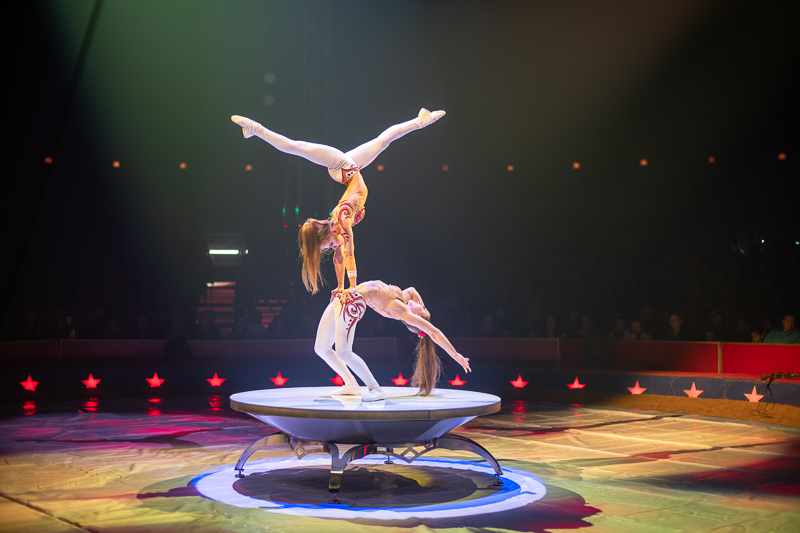
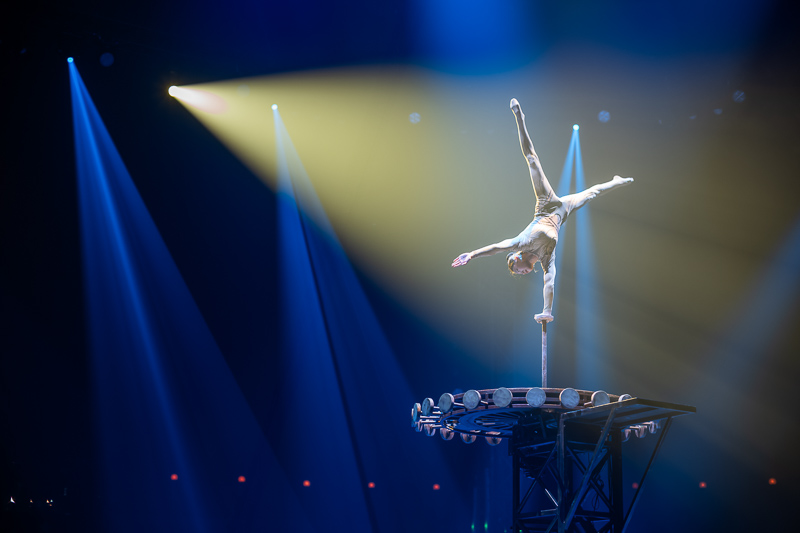
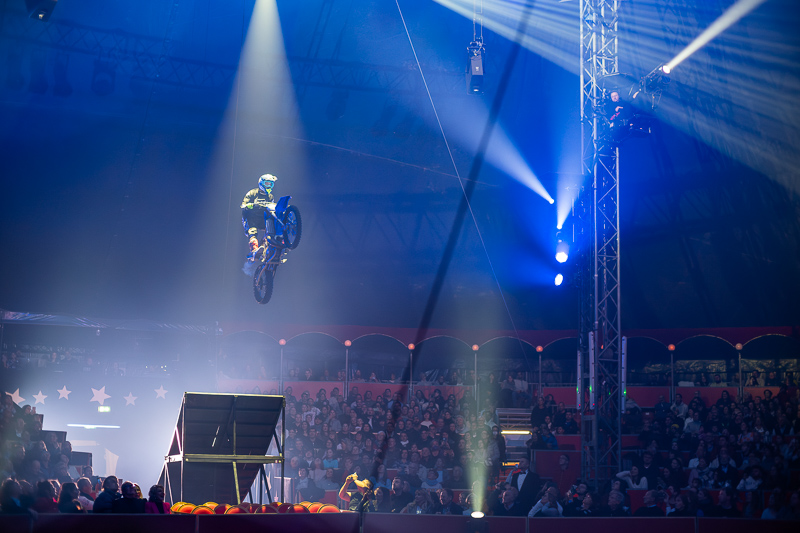
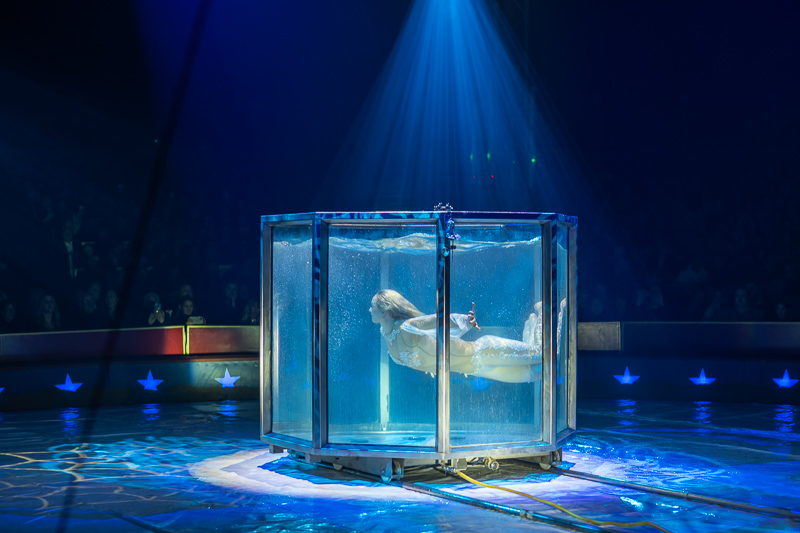

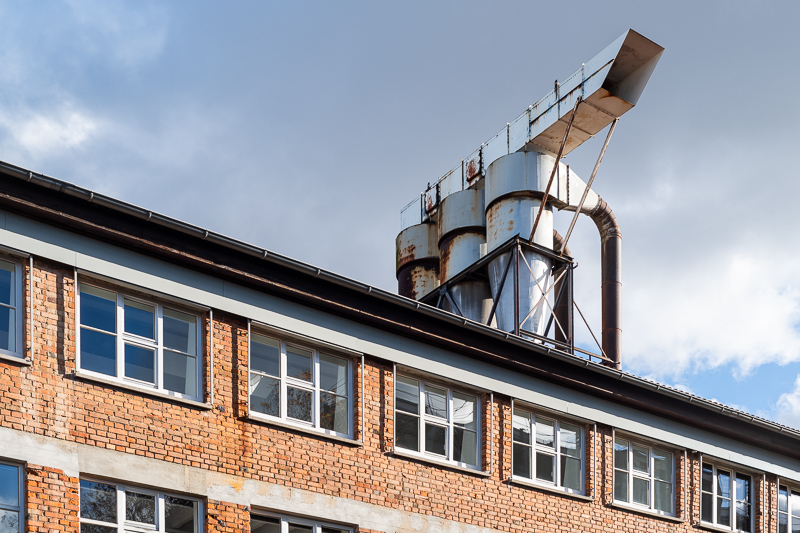
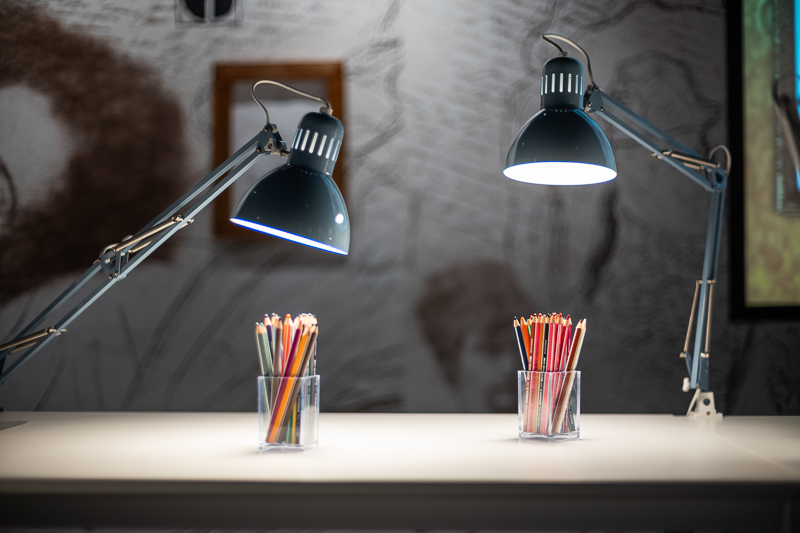
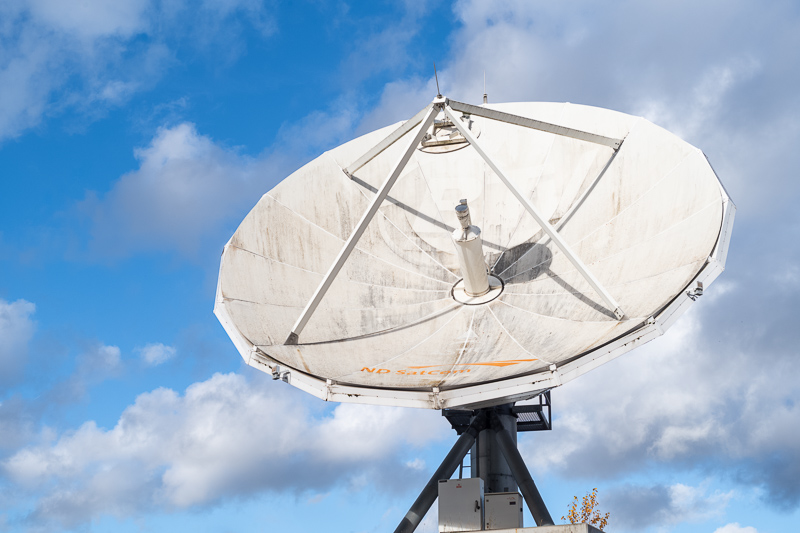
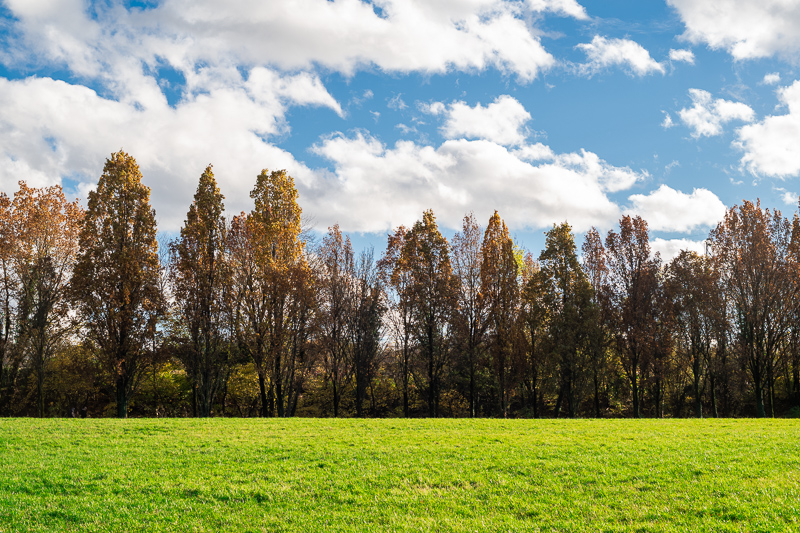
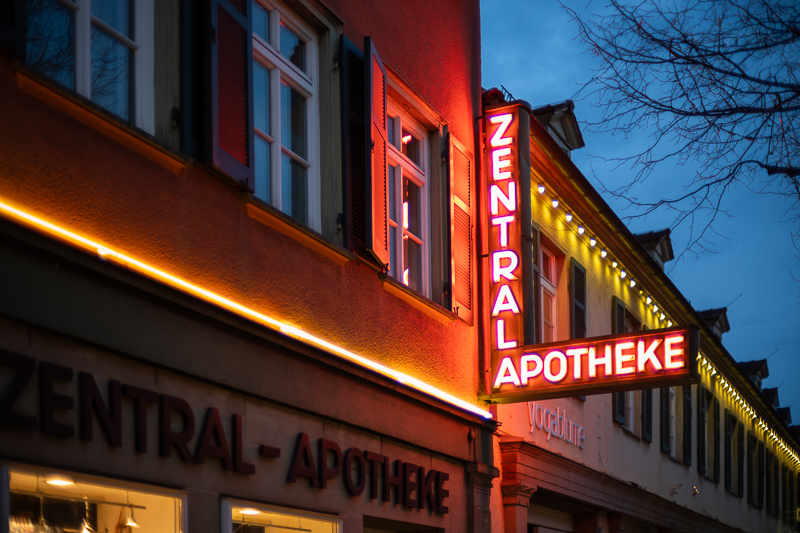
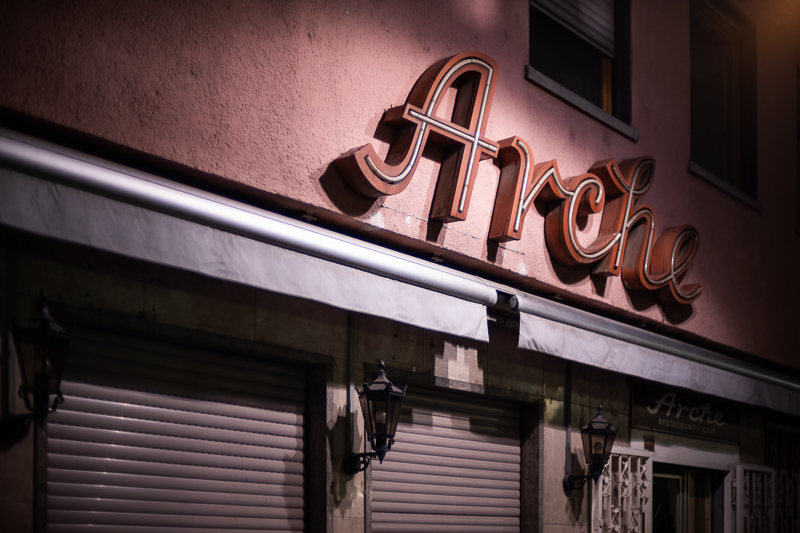
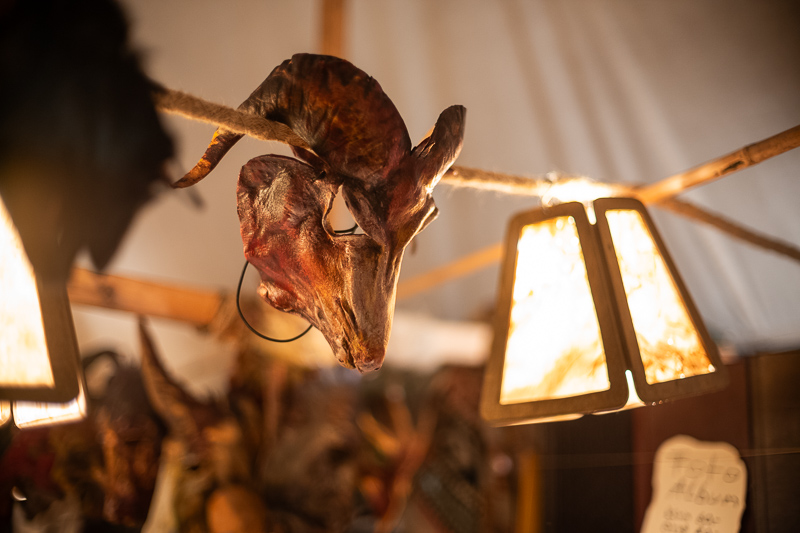
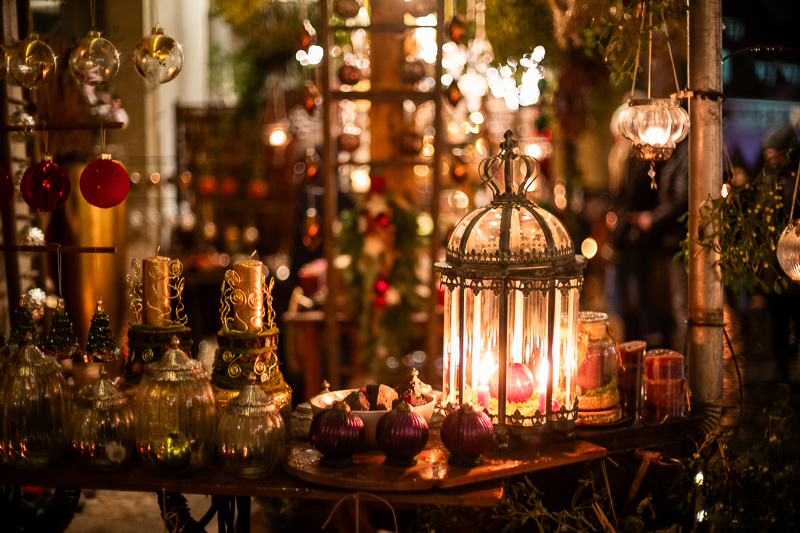

Most of the sample images in this review can be found in full resolution here.
Further Reading
- All M-mount reviews
- All Voigtländer Reviews
- Analogue Adventures Landing Page
- Lens aberrations explained
- Review: Voigtländer VM 35mm 1.2 Nokton III
Support Us
Did you find this article useful or just liked reading it? Treat us to a coffee!
![]()
![]()
![]() via Paypal
via Paypal
This site contains affiliate links. If you make a purchase using any of the links marked as affiliate links, I may receive a small commission at no additional cost to you. This helps support the creation of future content.
Latest posts by BastianK (see all)
- Review: Zeiss Milvus 25mm 1.4 Distagon - December 13, 2025
- Vivo X200 Ultra – The Death of the compact Camera - December 9, 2025
- The Rated list of the fast Nikon AF-S f/1.4 | f/1.8 | f/2.0 F-mount Primes - December 6, 2025
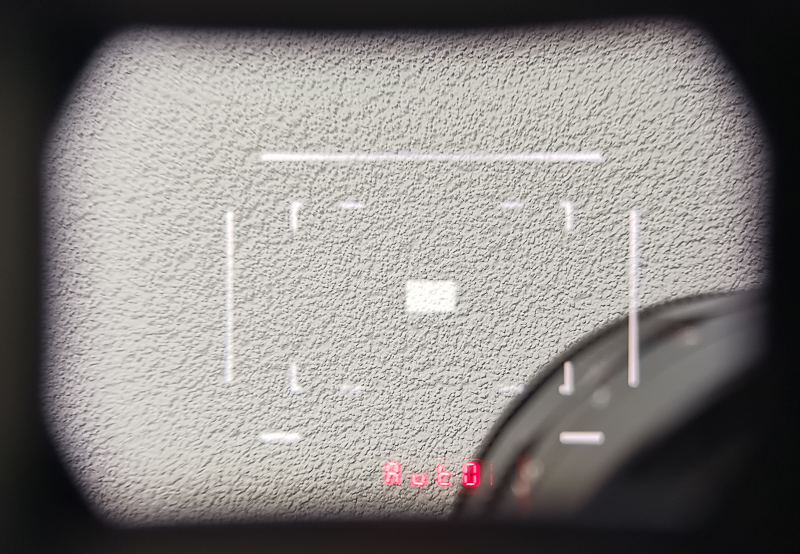
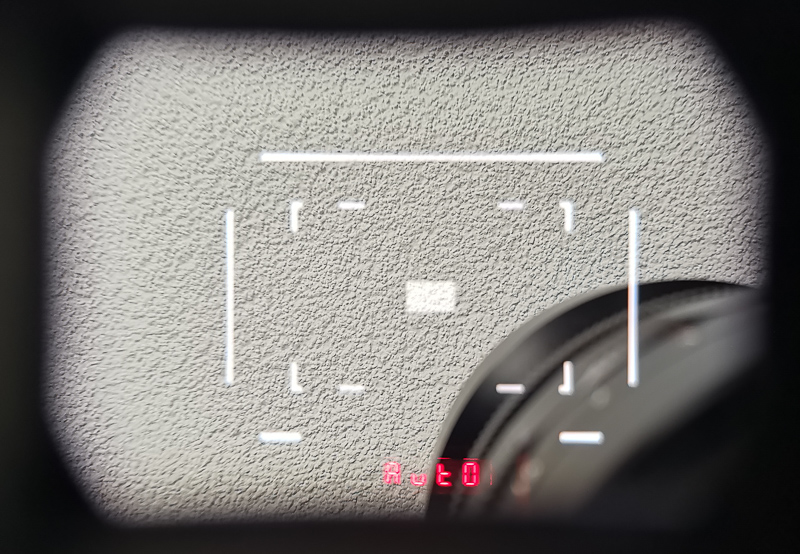
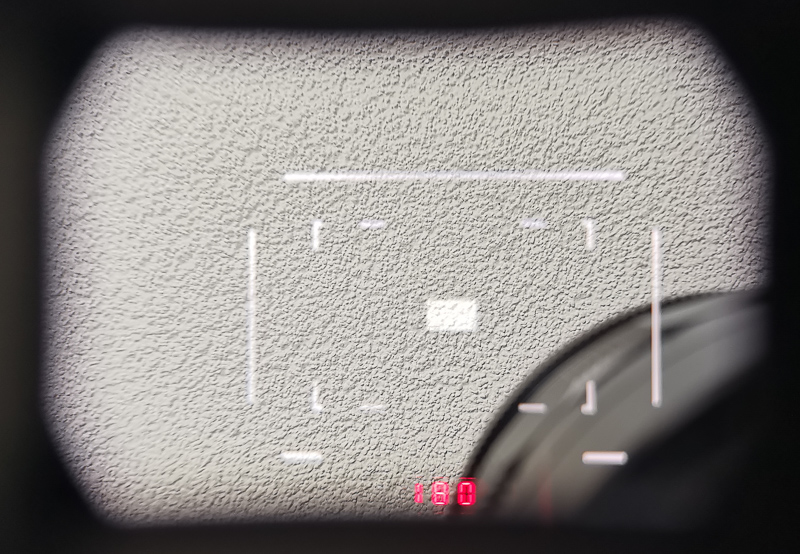
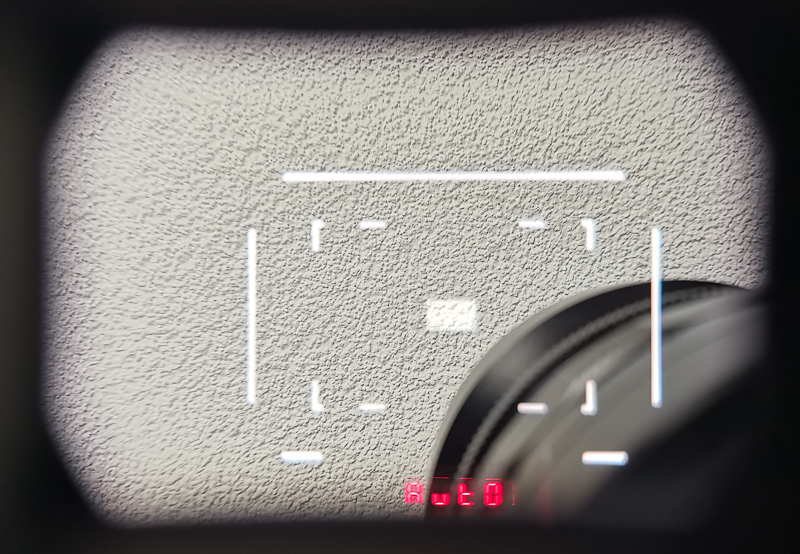









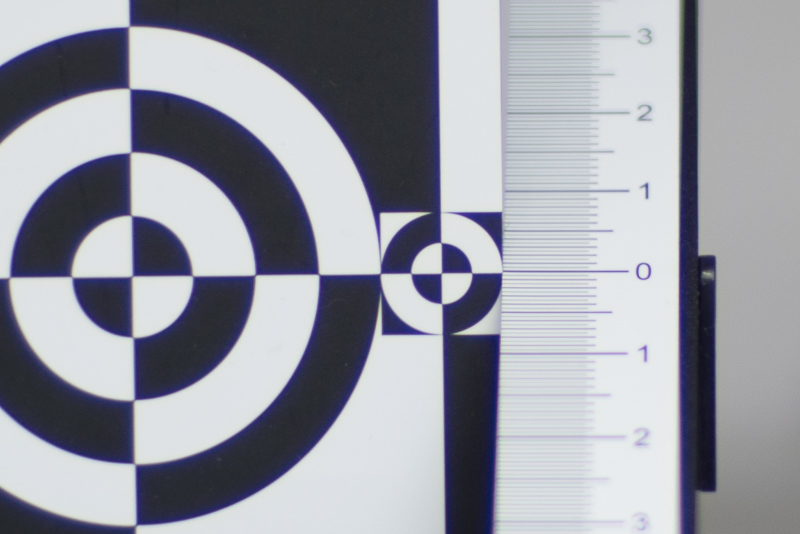
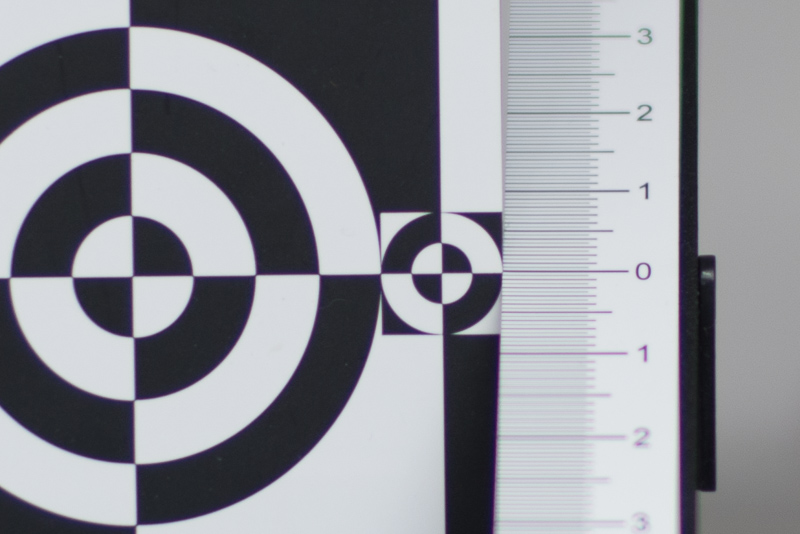
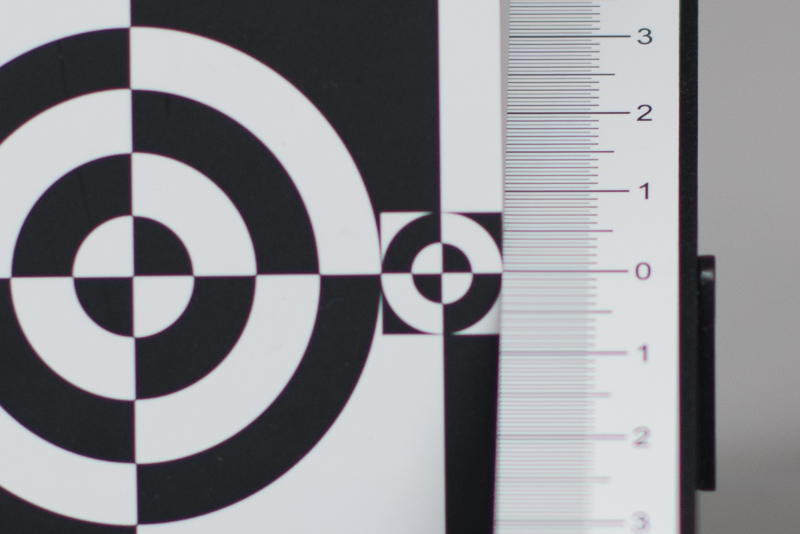
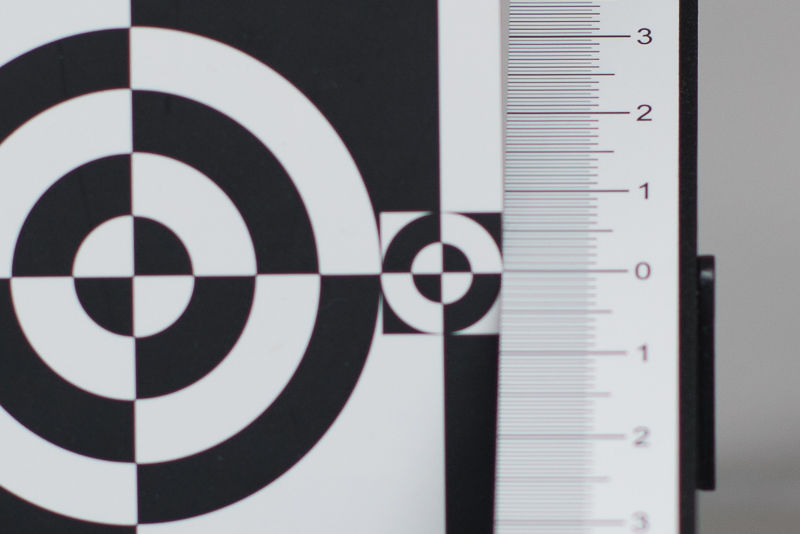
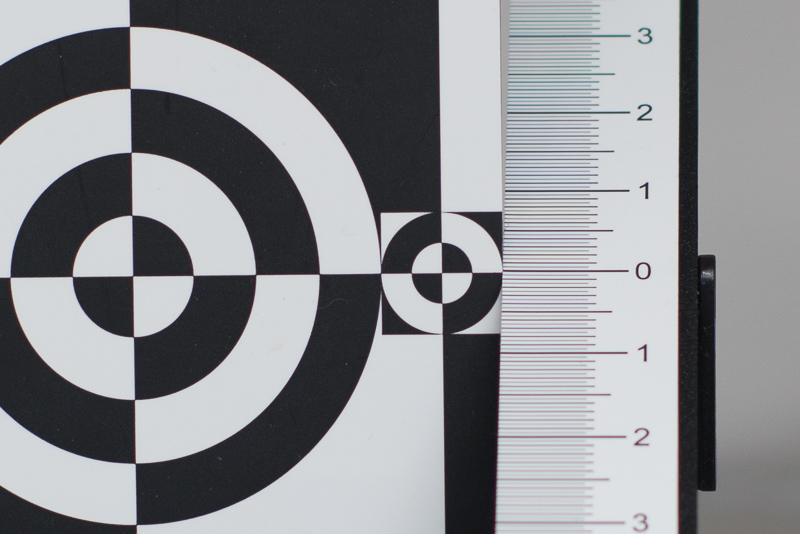
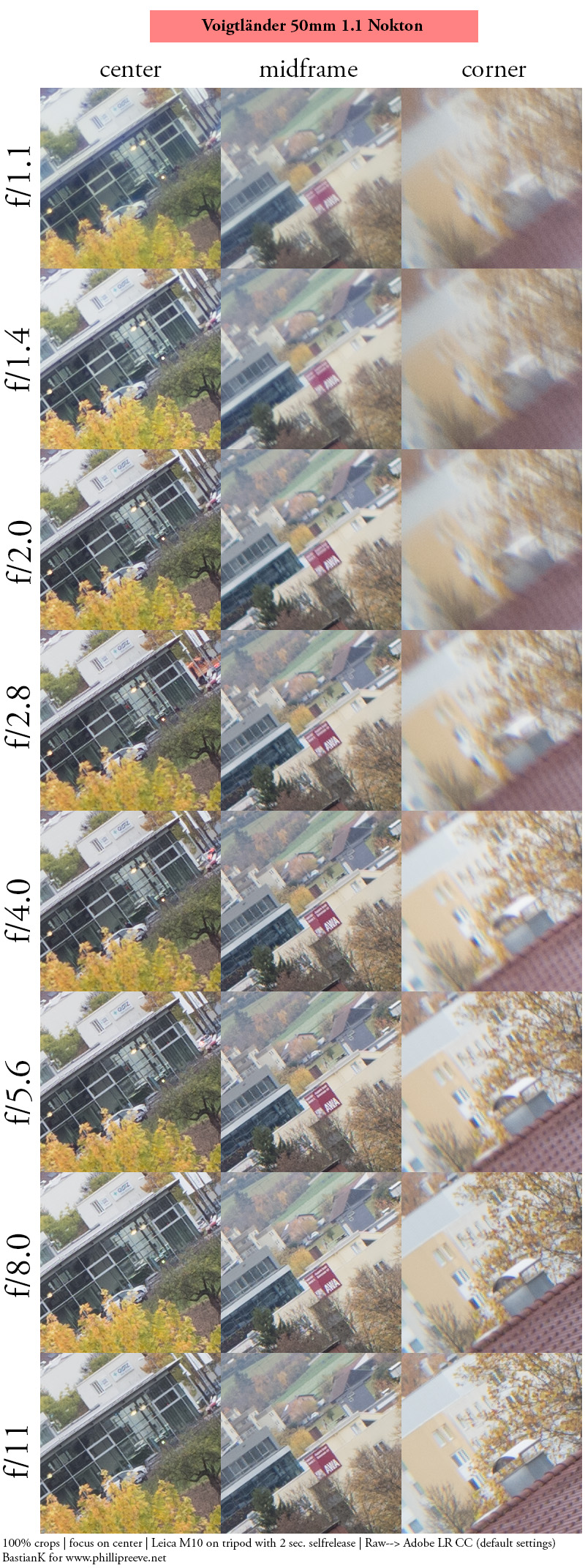
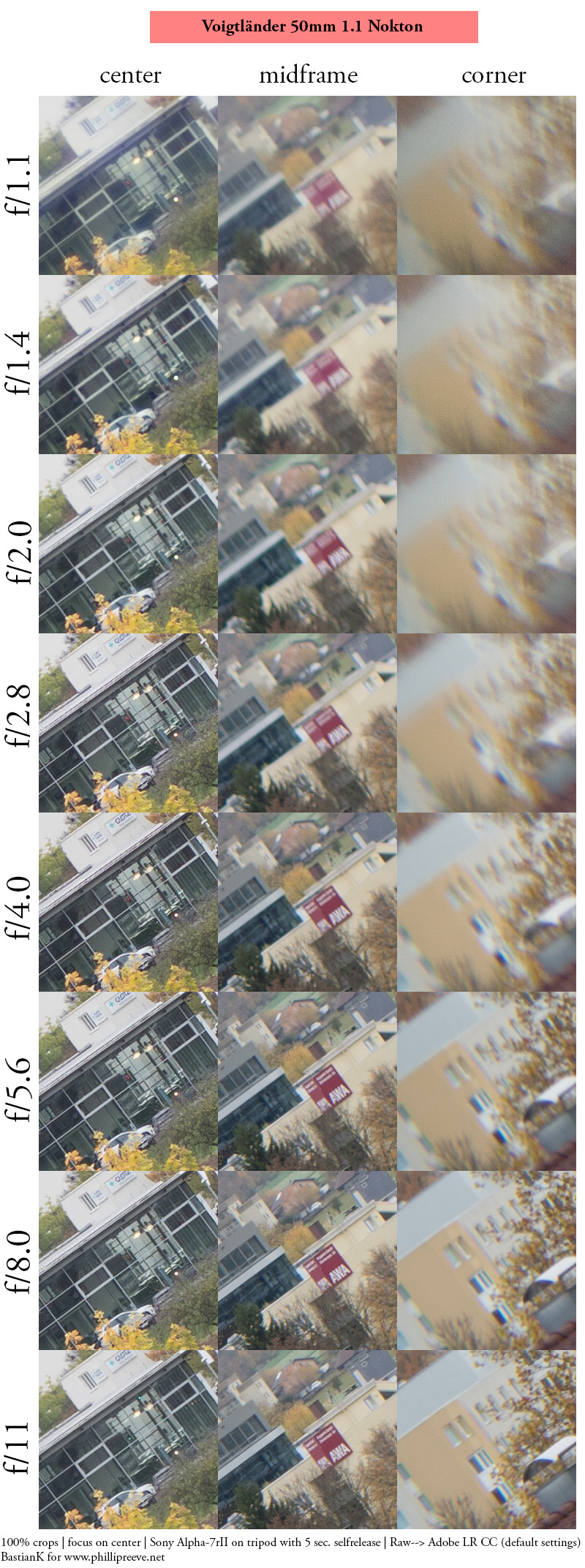
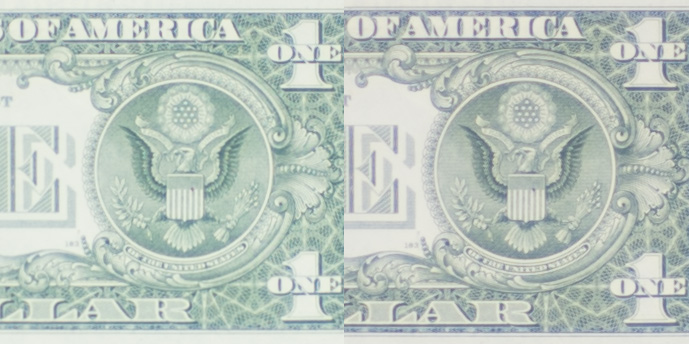
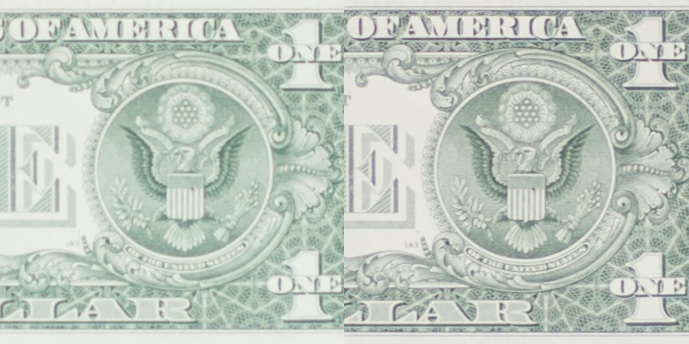
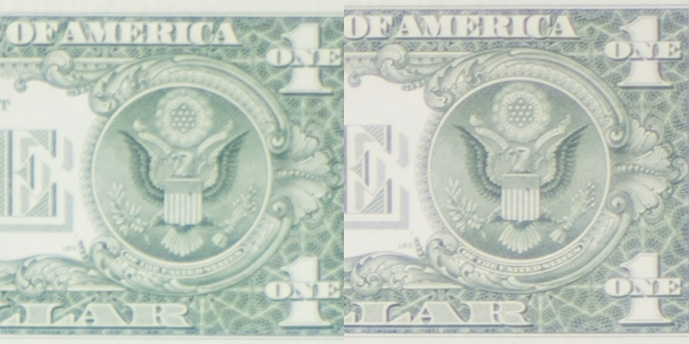
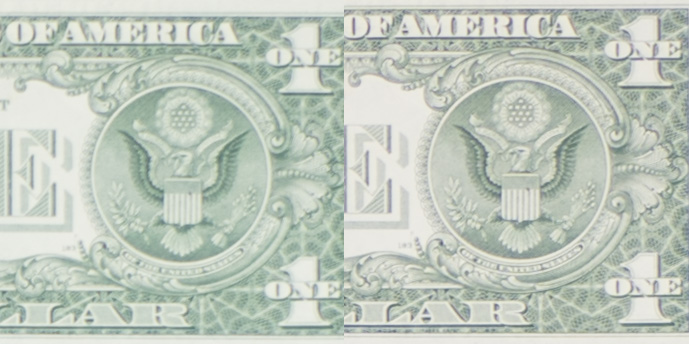
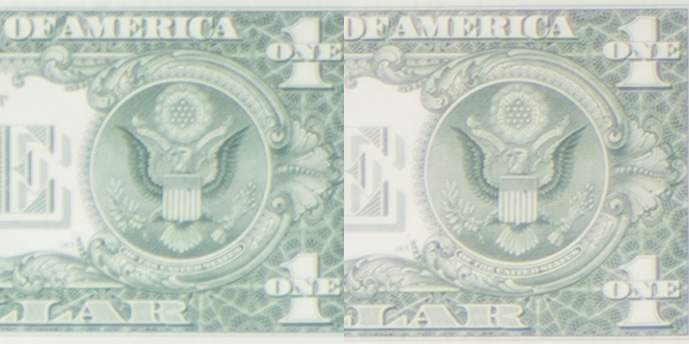
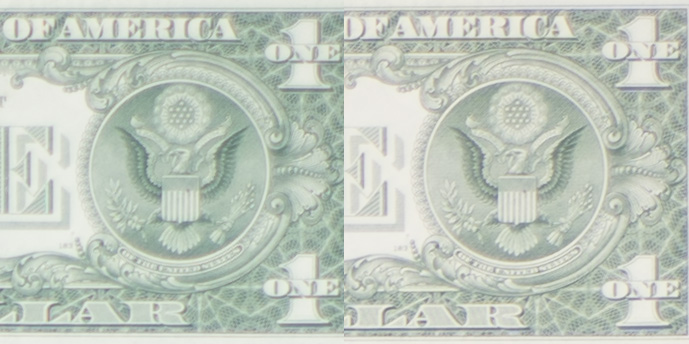
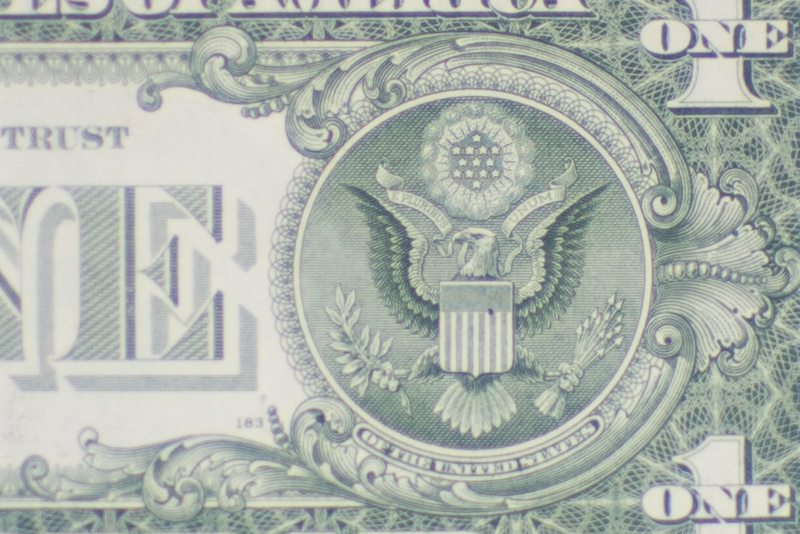
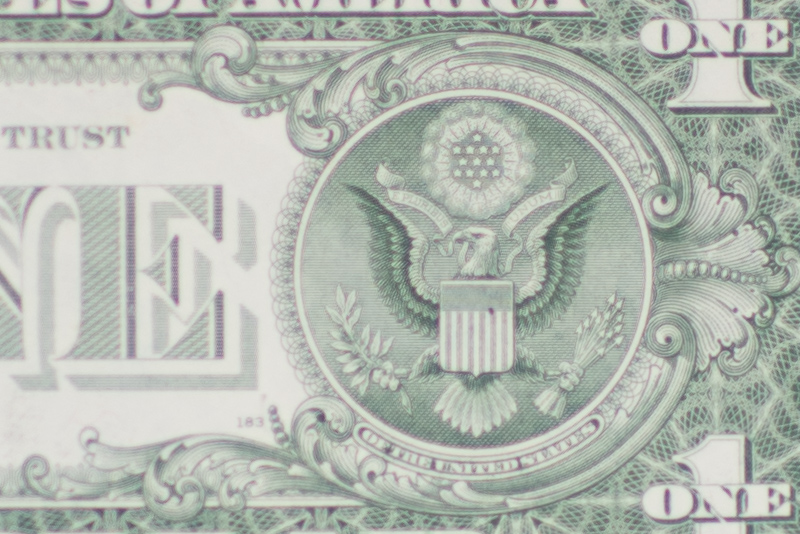
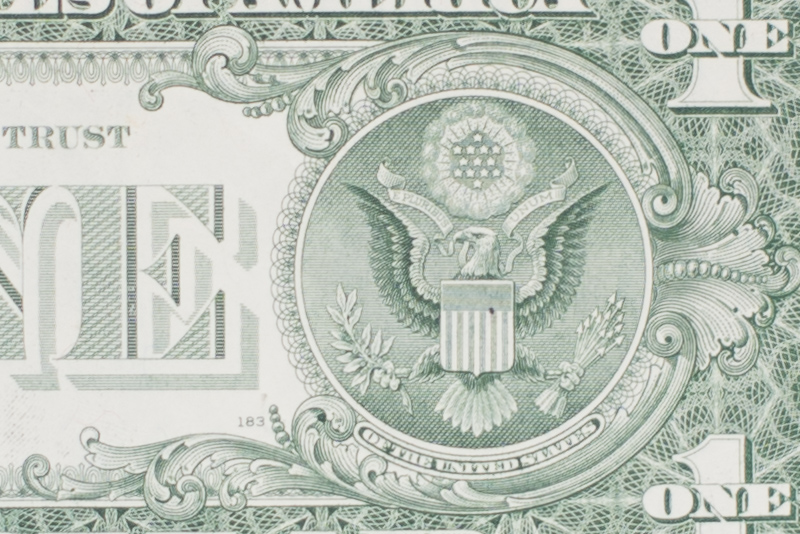
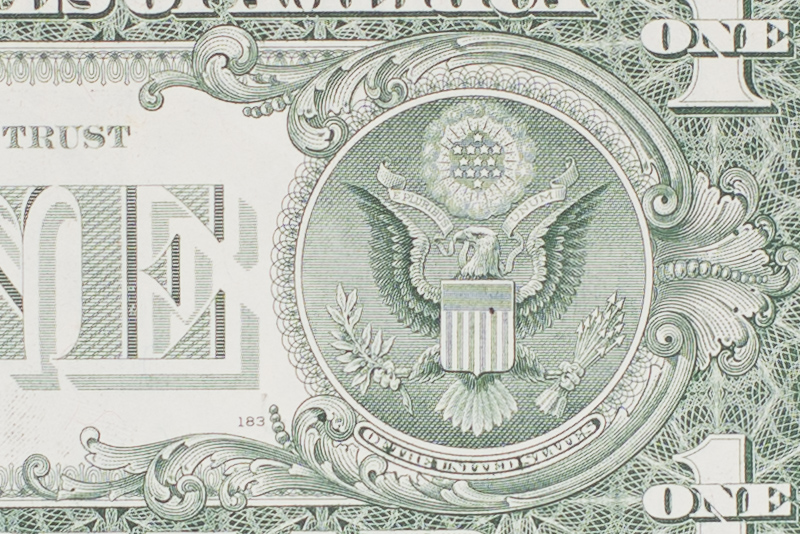
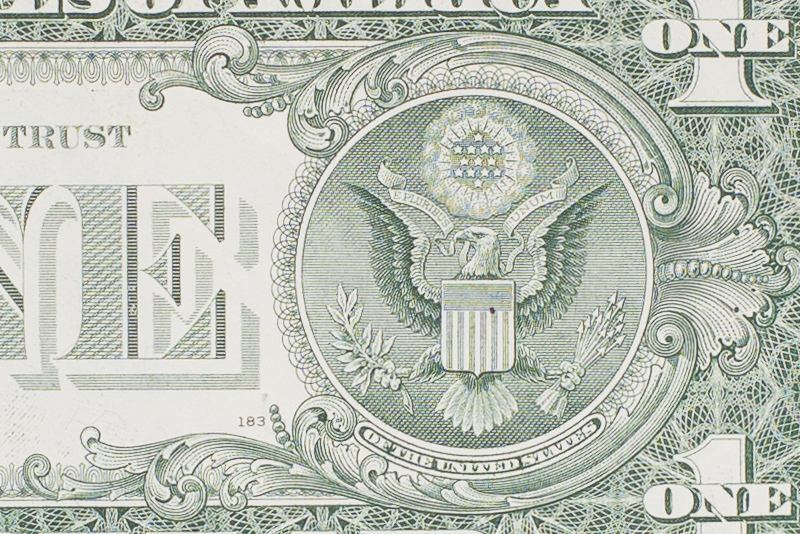
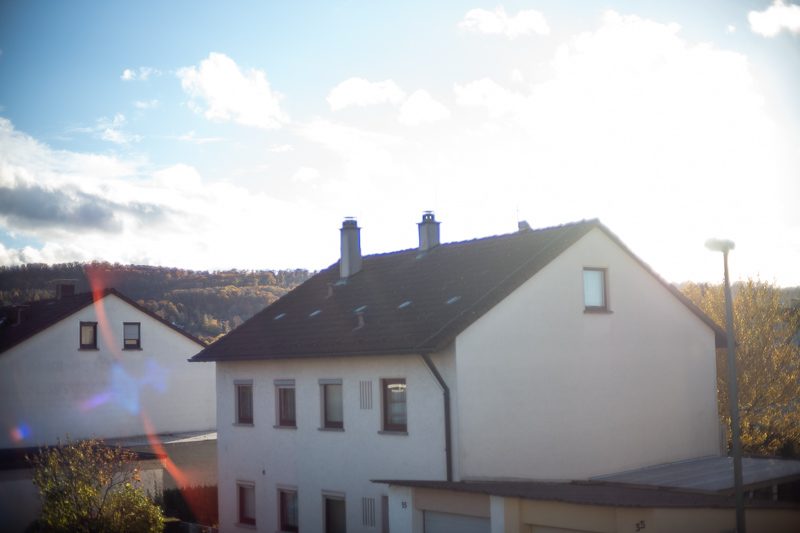
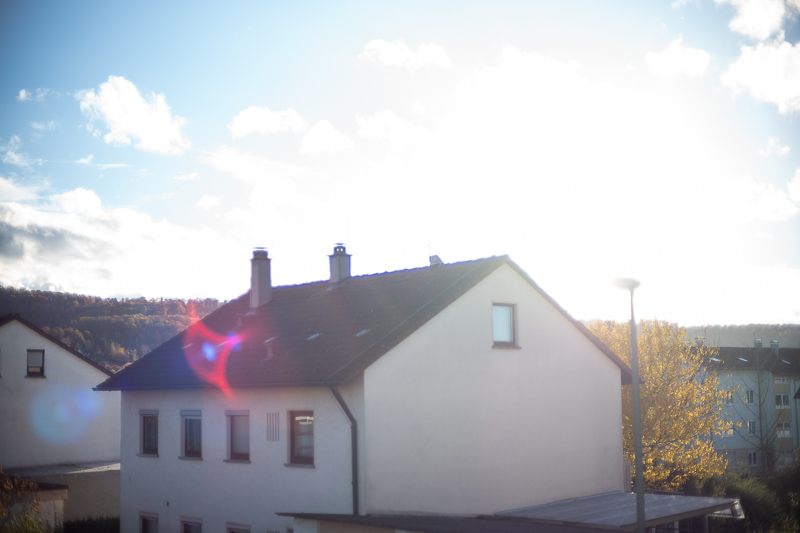
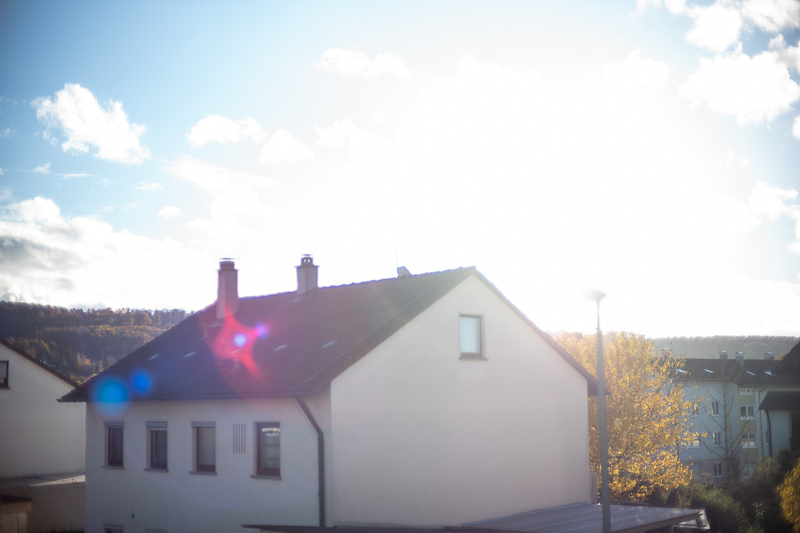
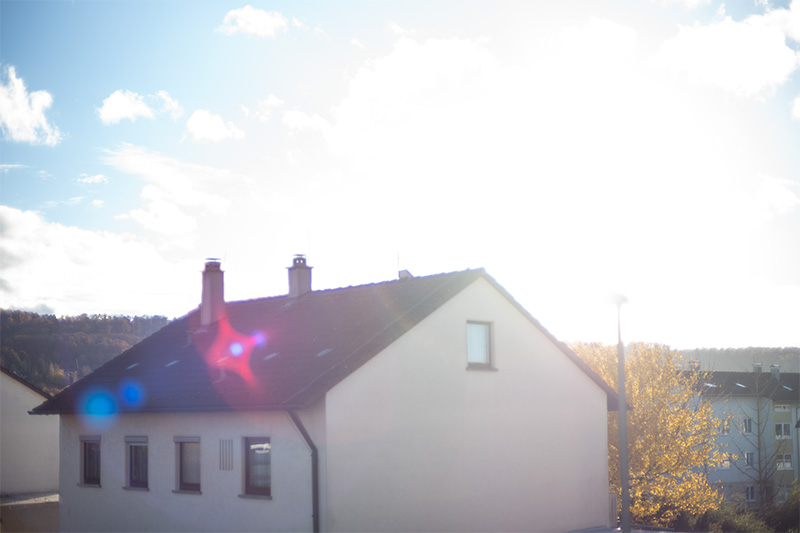
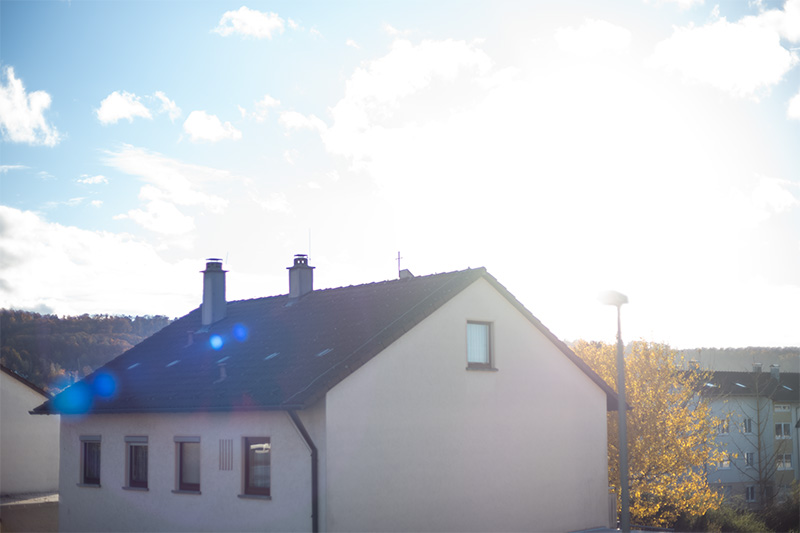
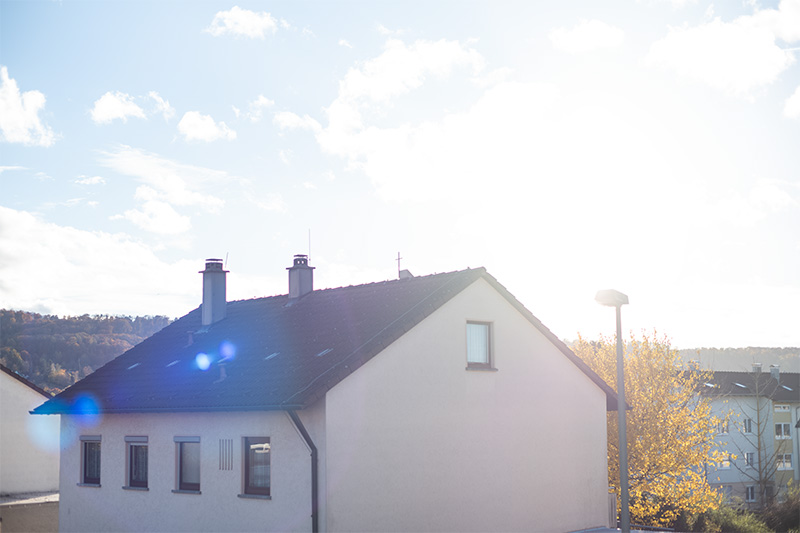
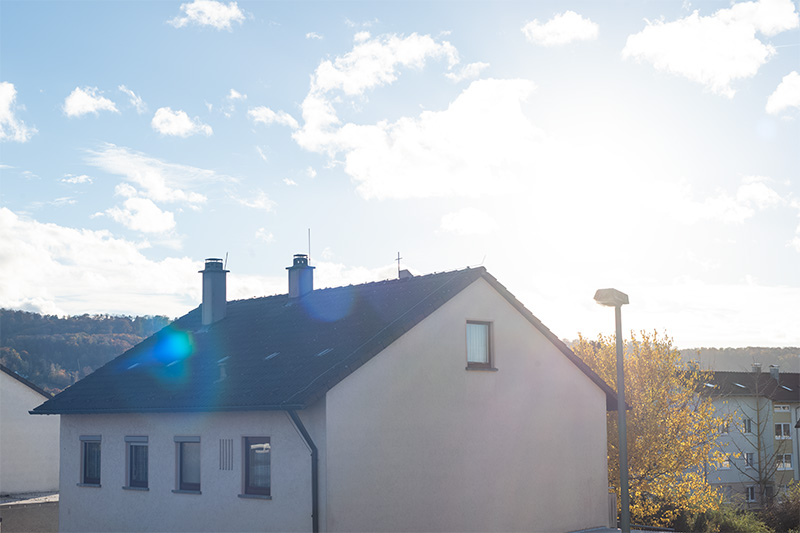
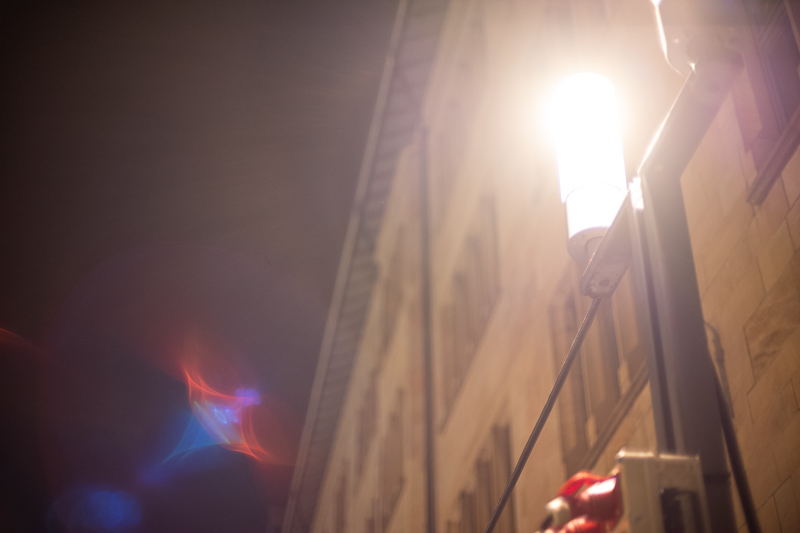
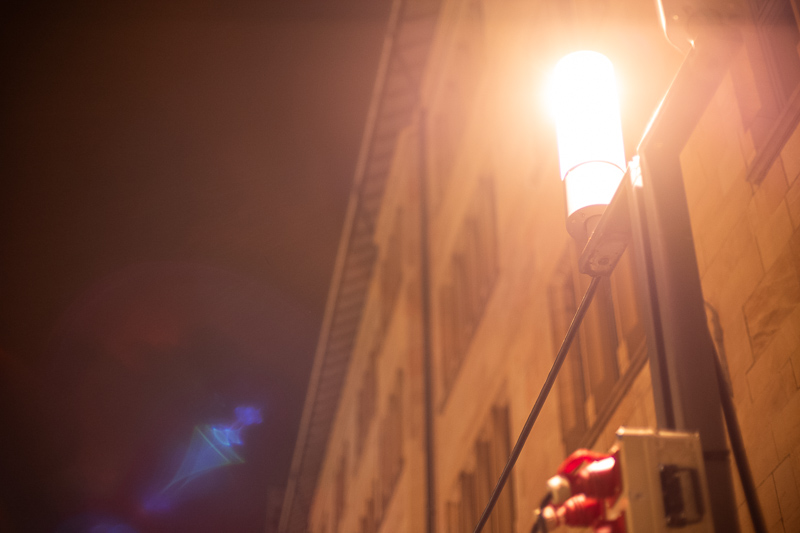
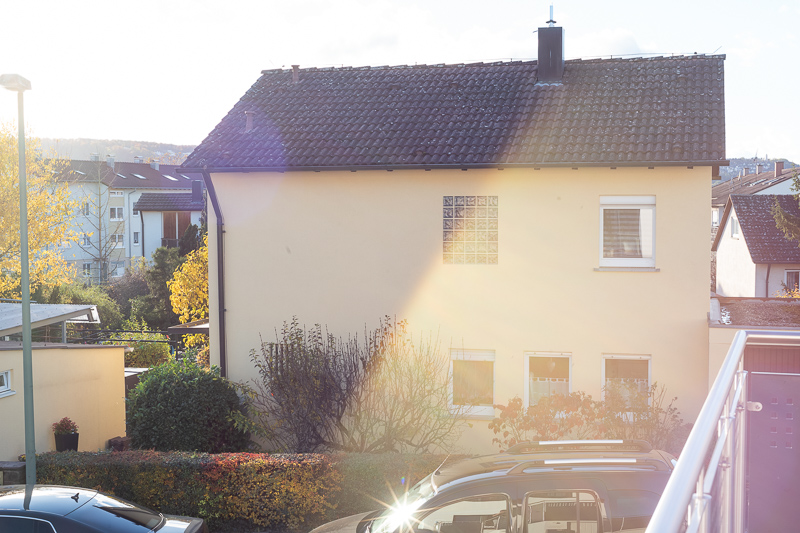
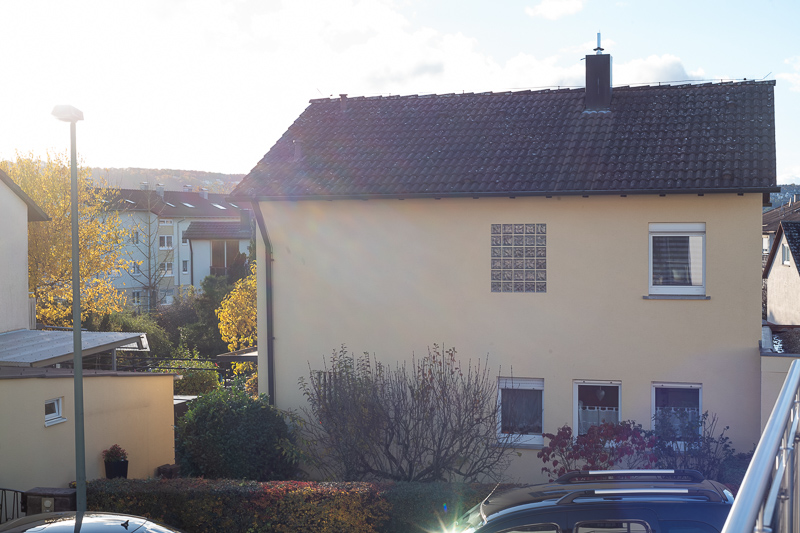
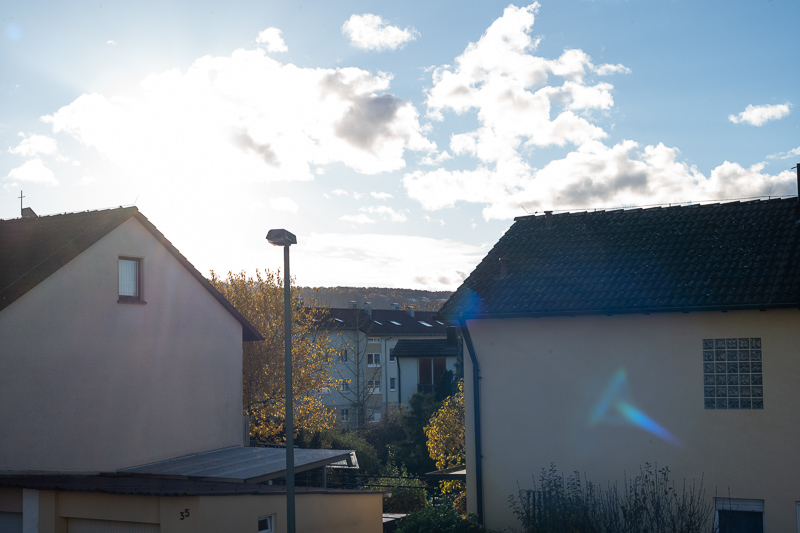
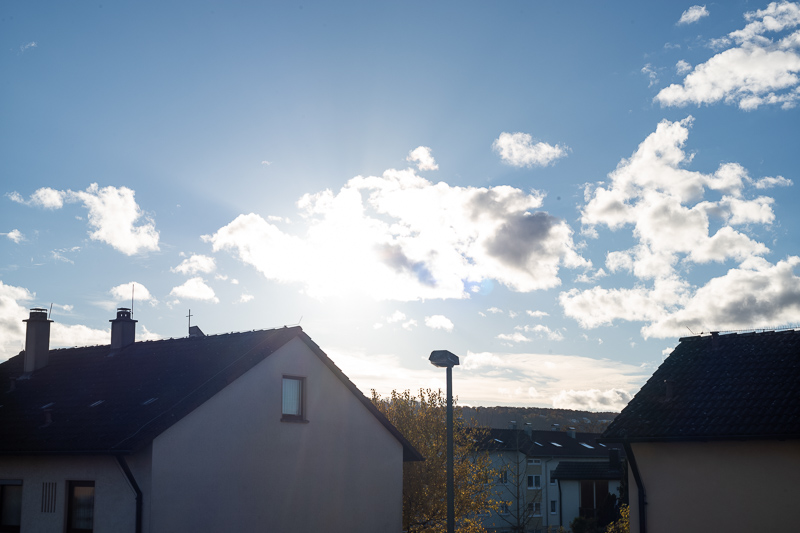
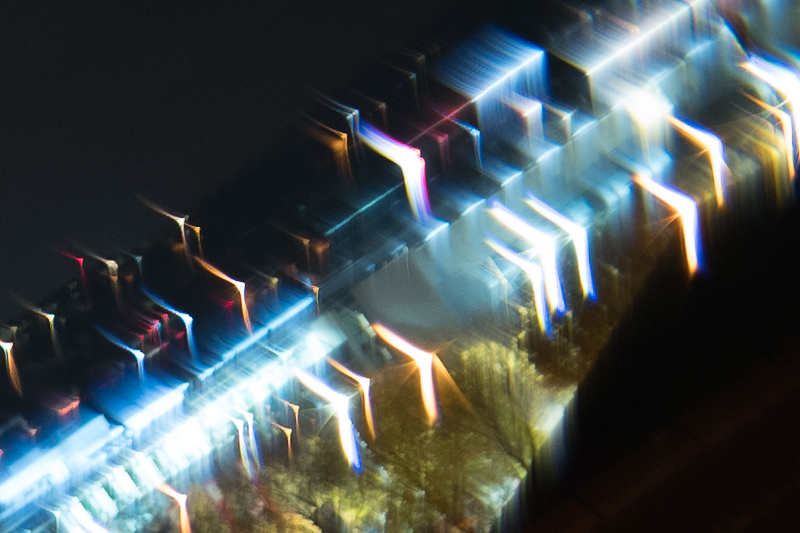
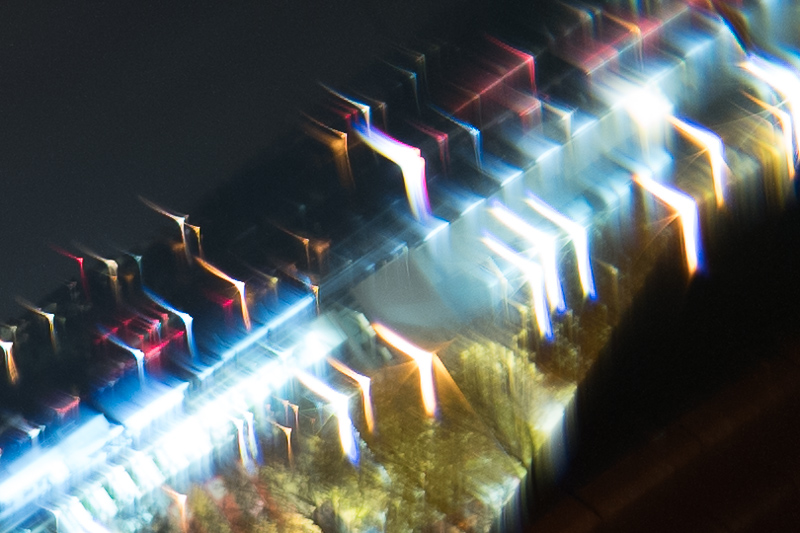
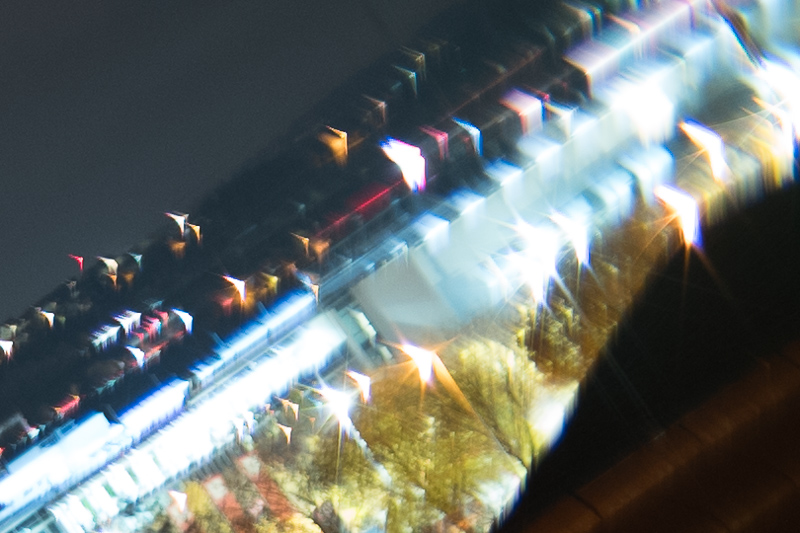
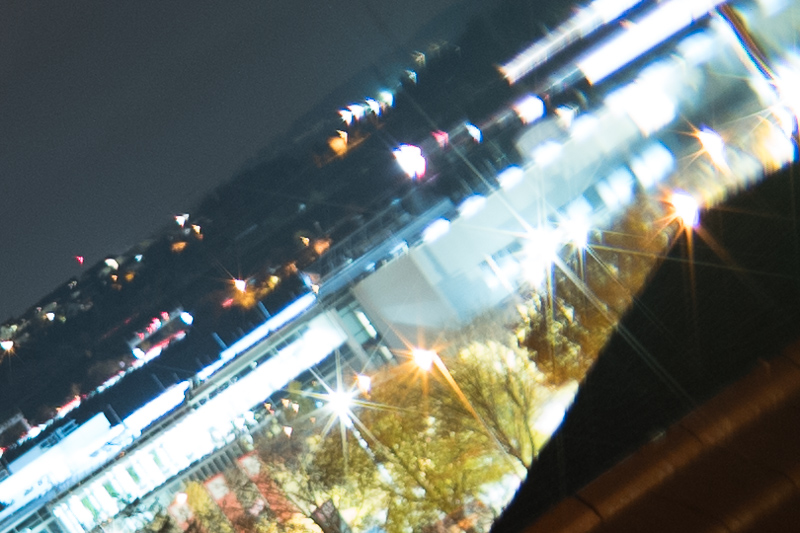
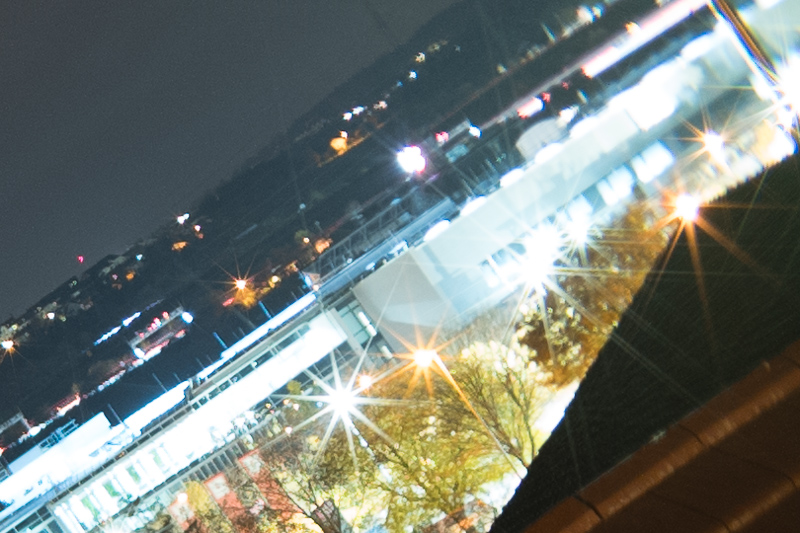

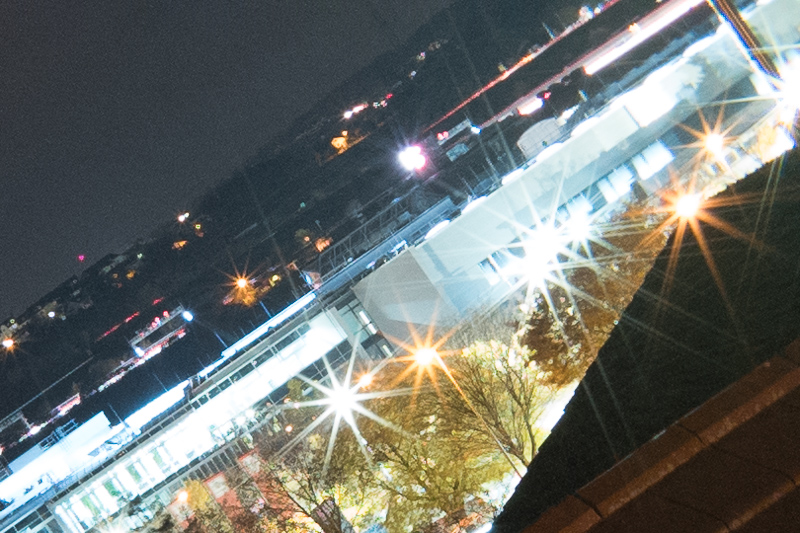
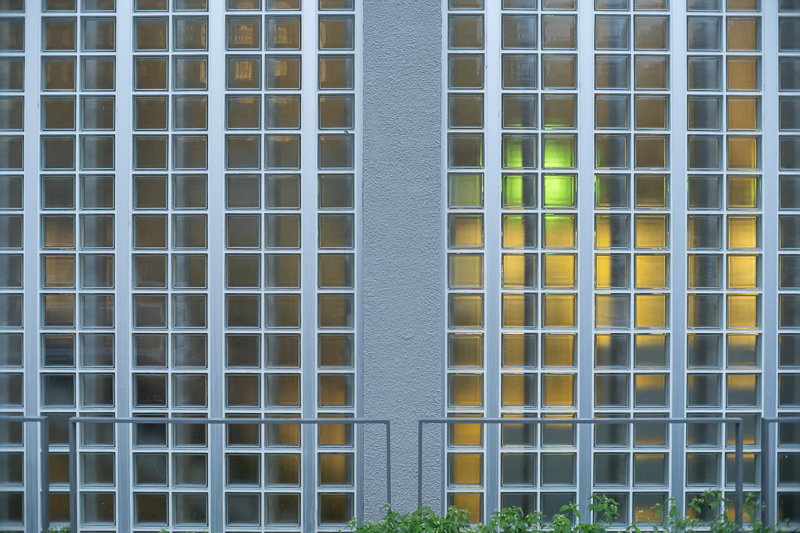
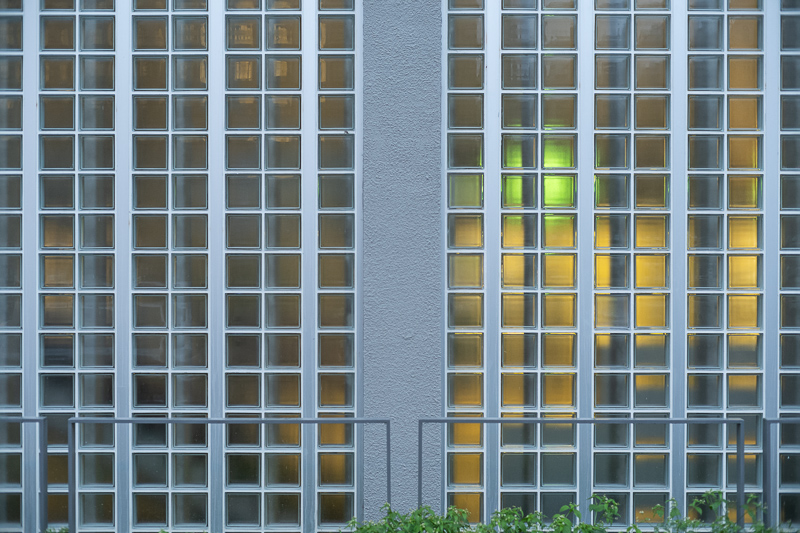
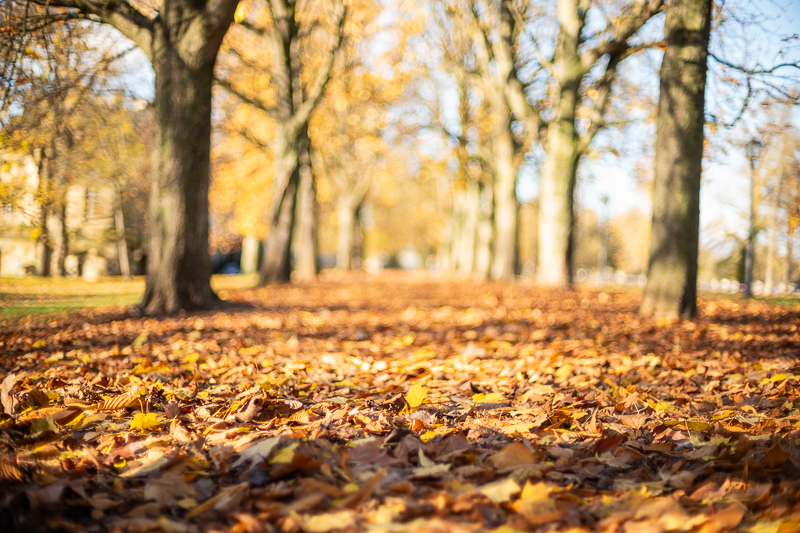
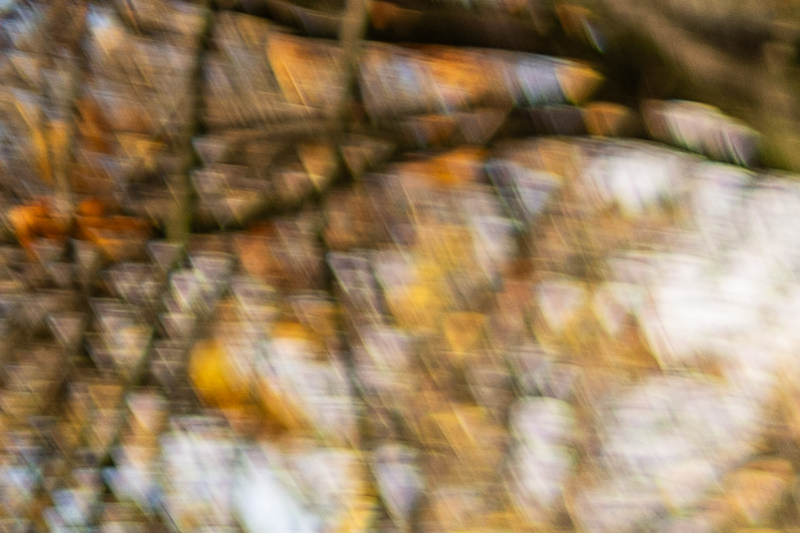
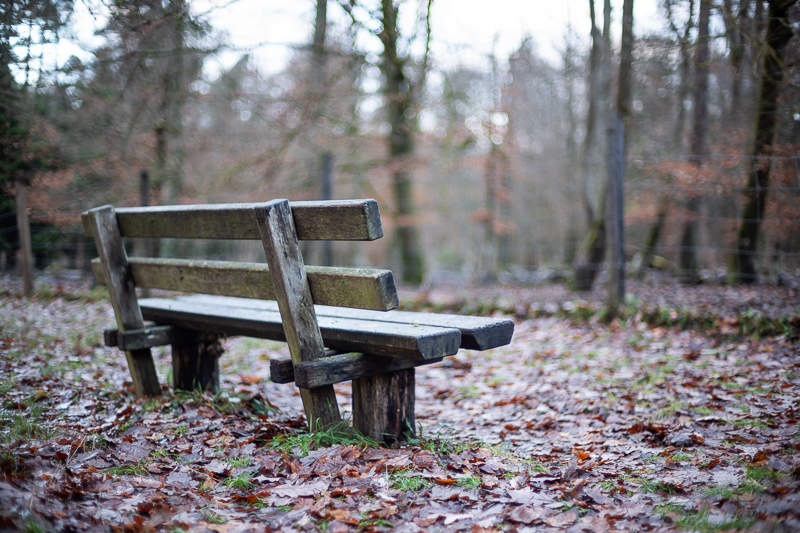
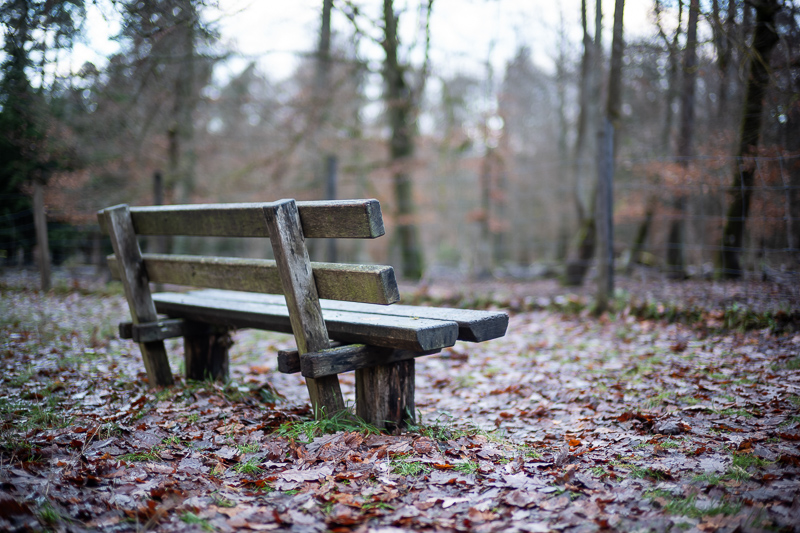
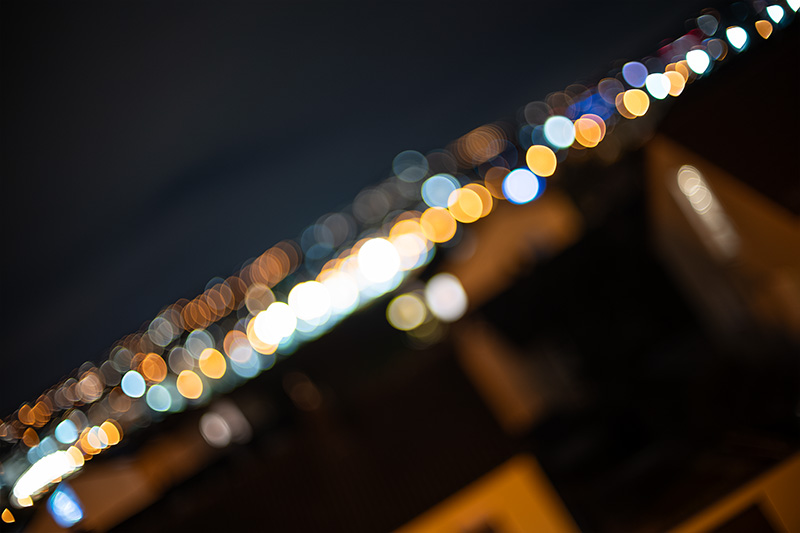
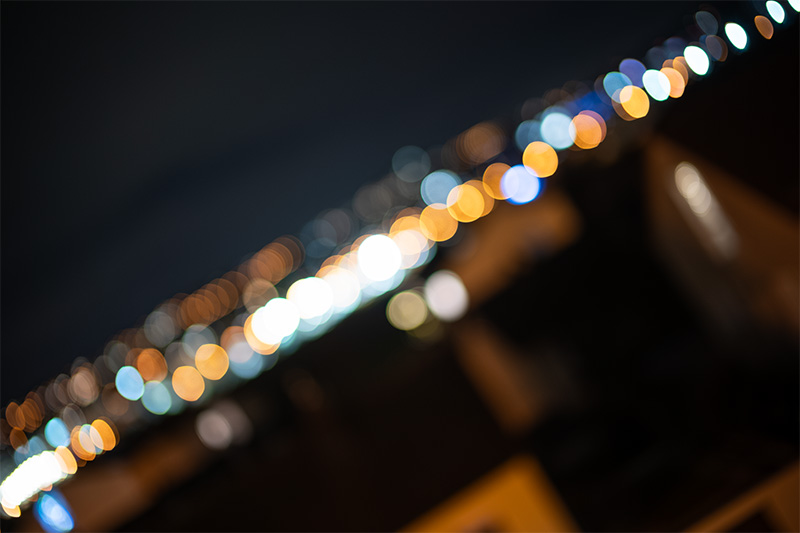
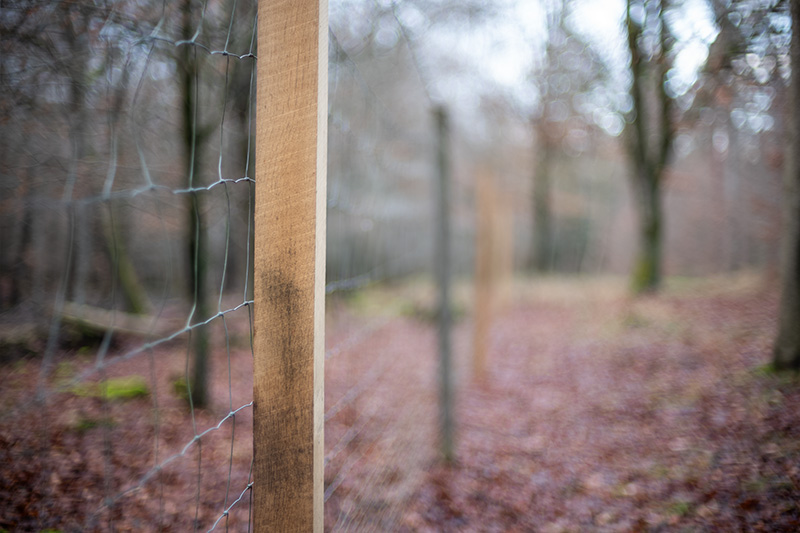
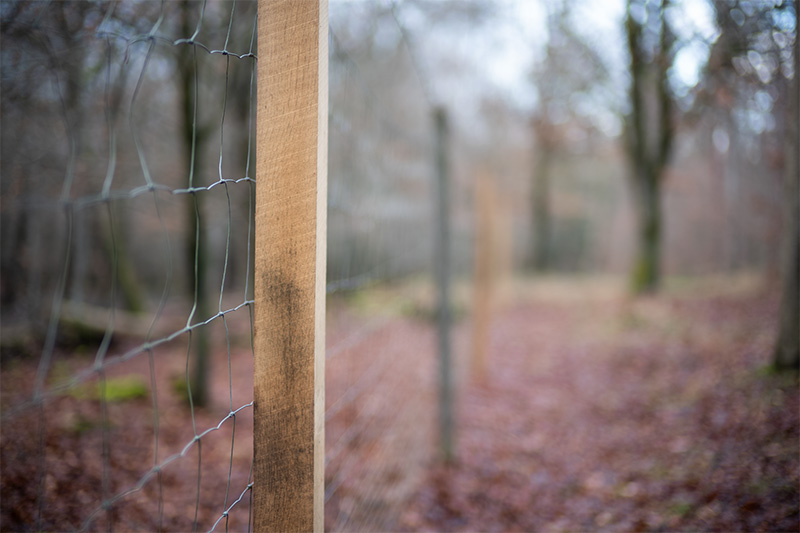
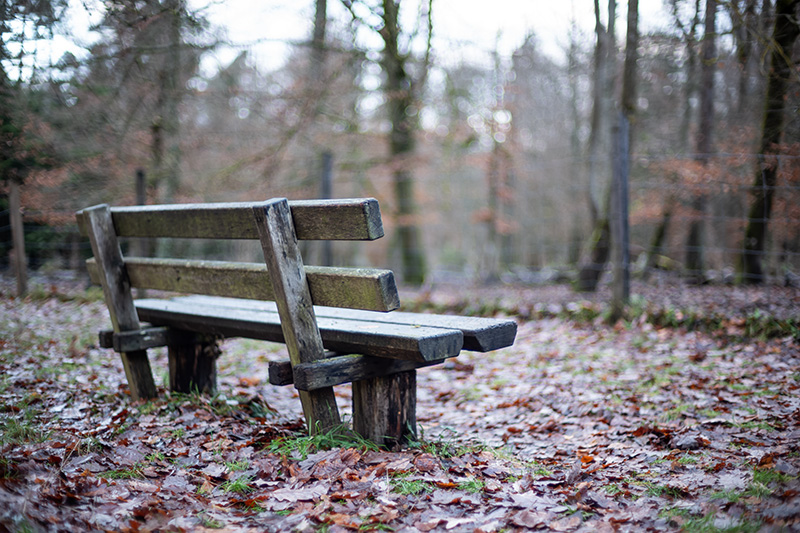
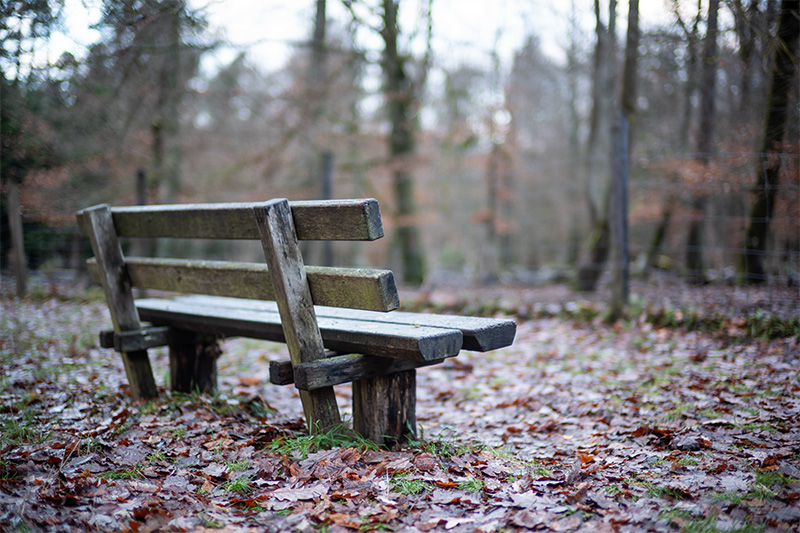
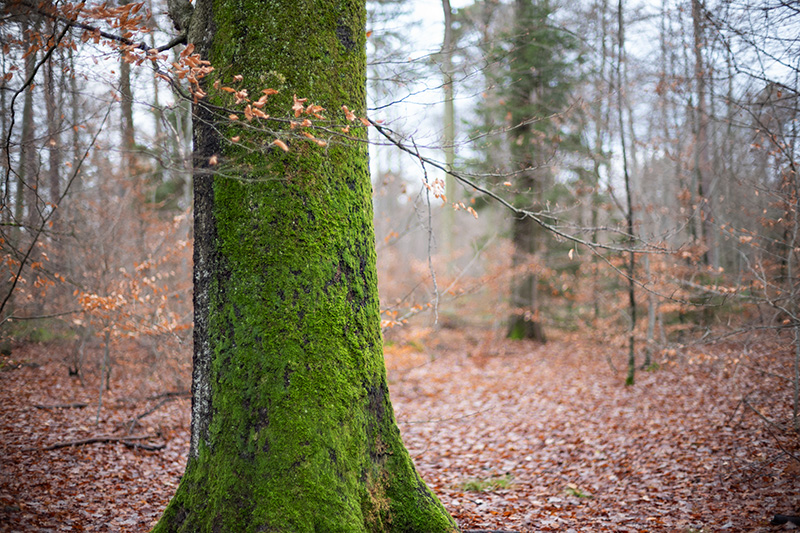
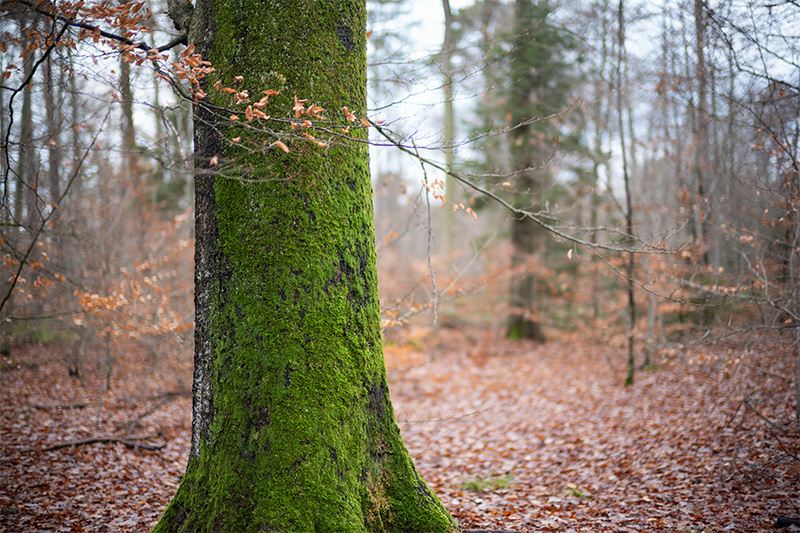
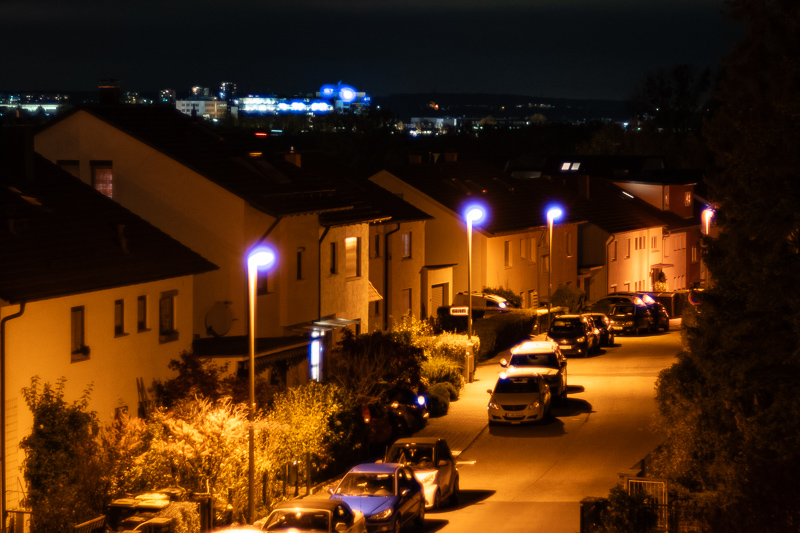
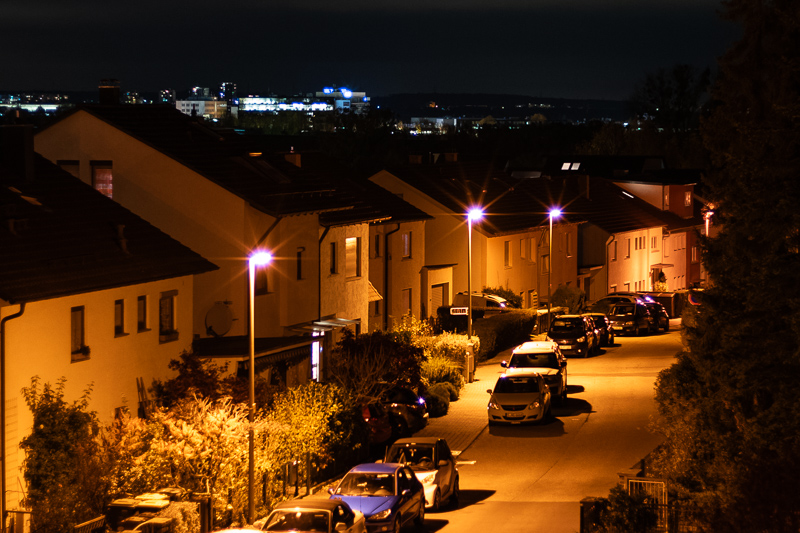
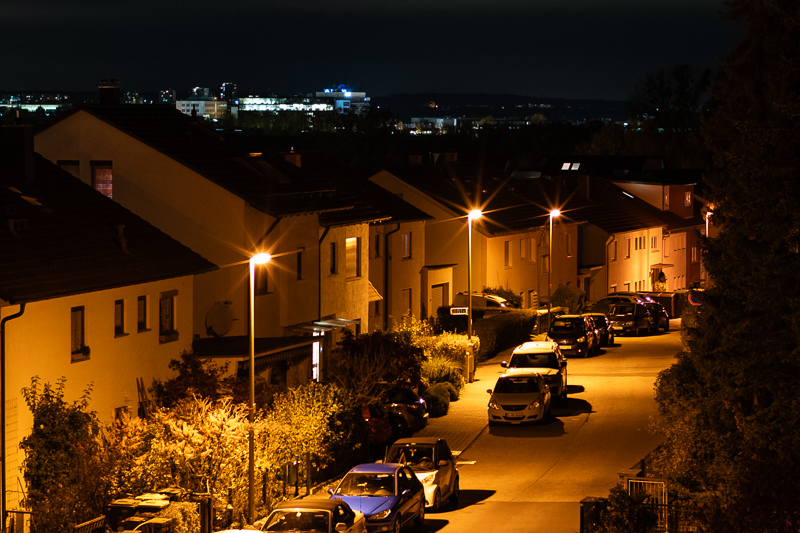
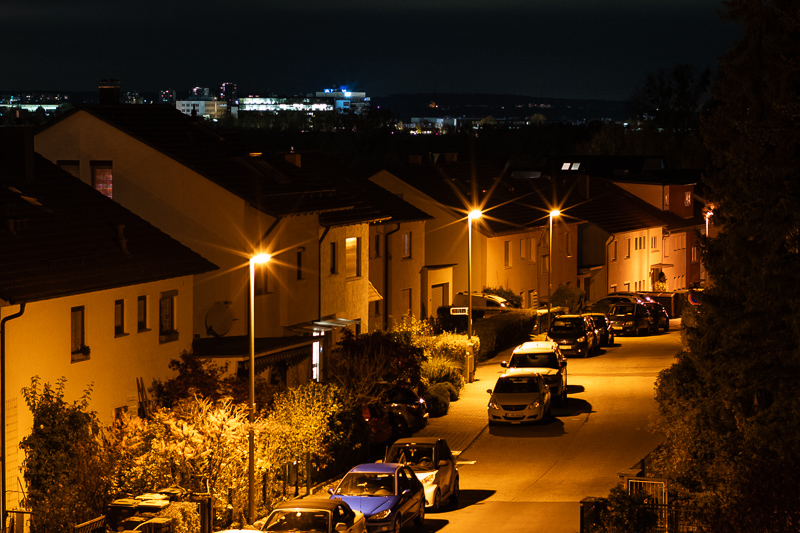
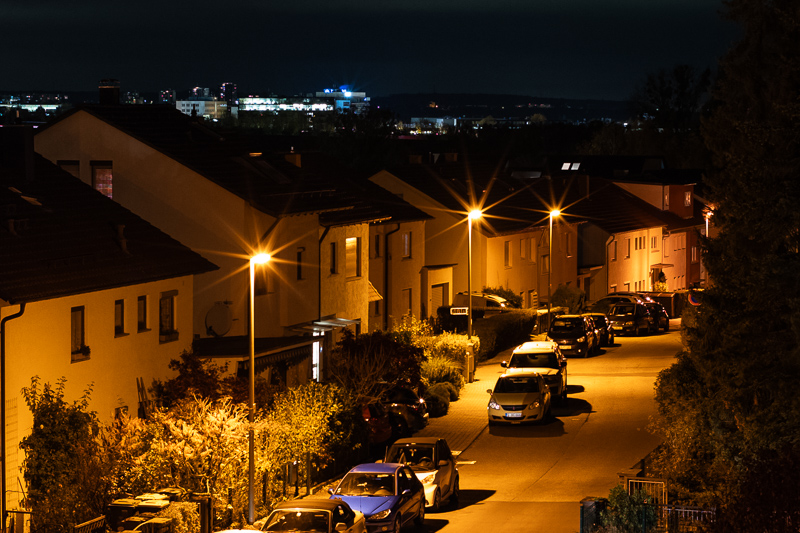
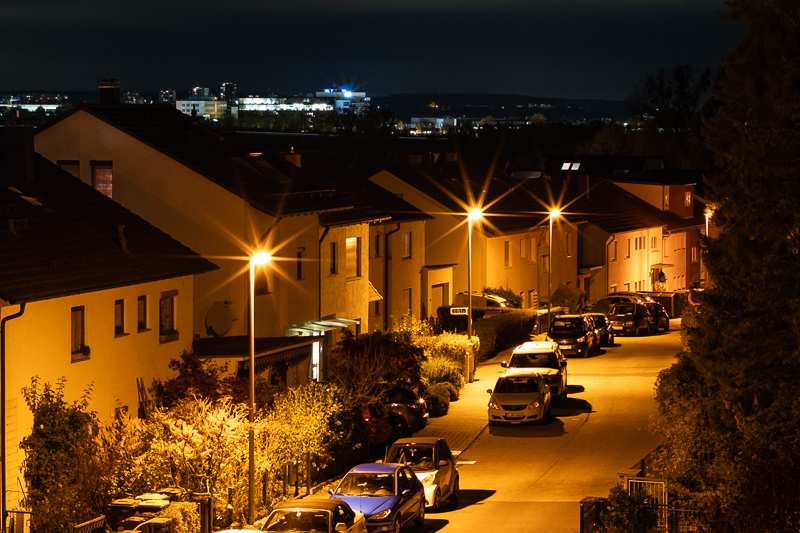
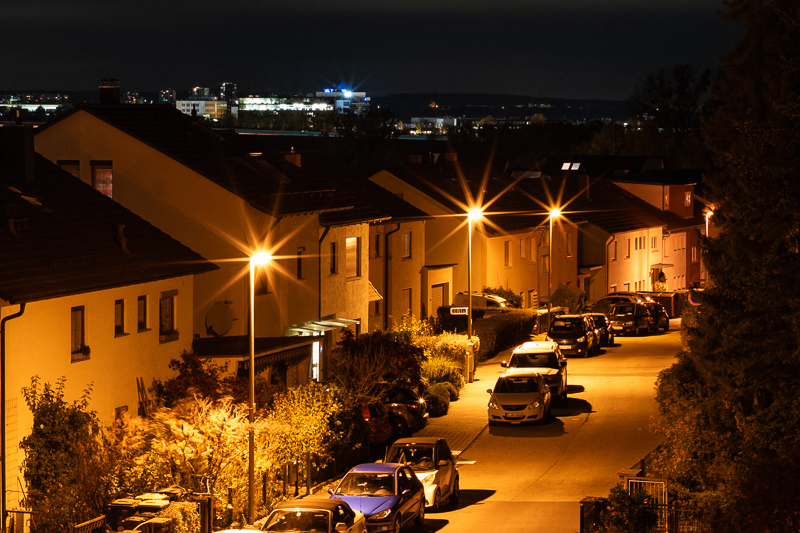
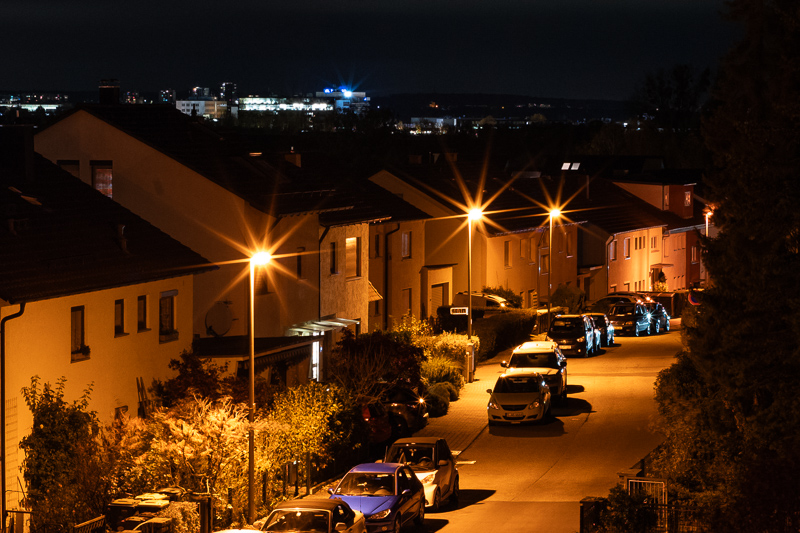
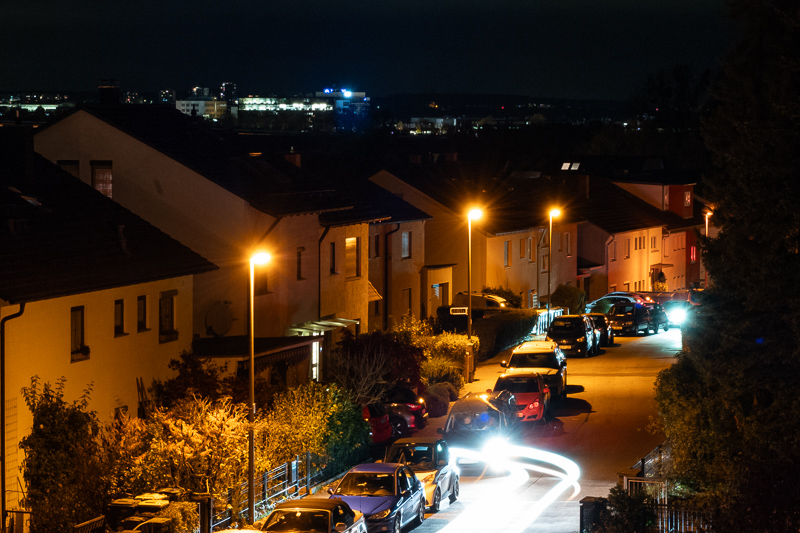
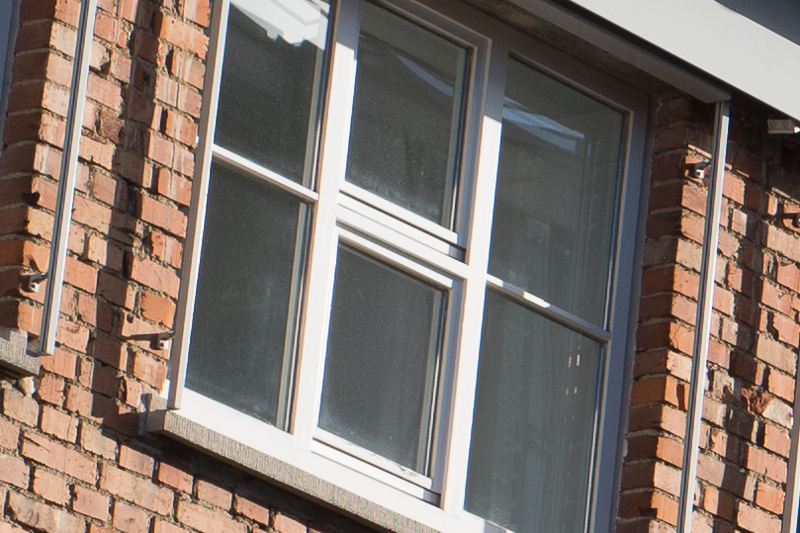
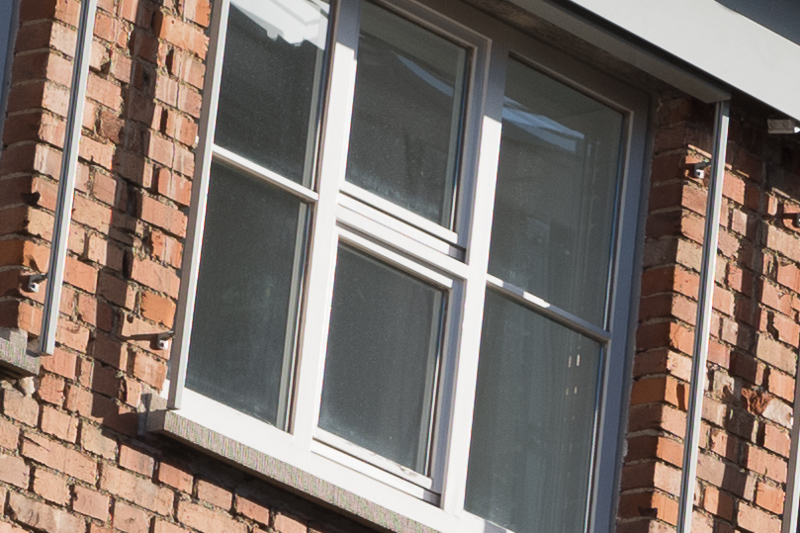
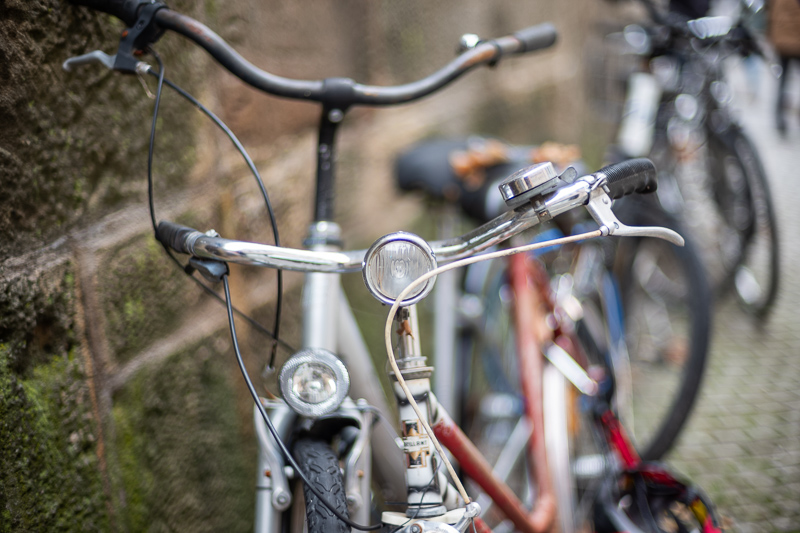
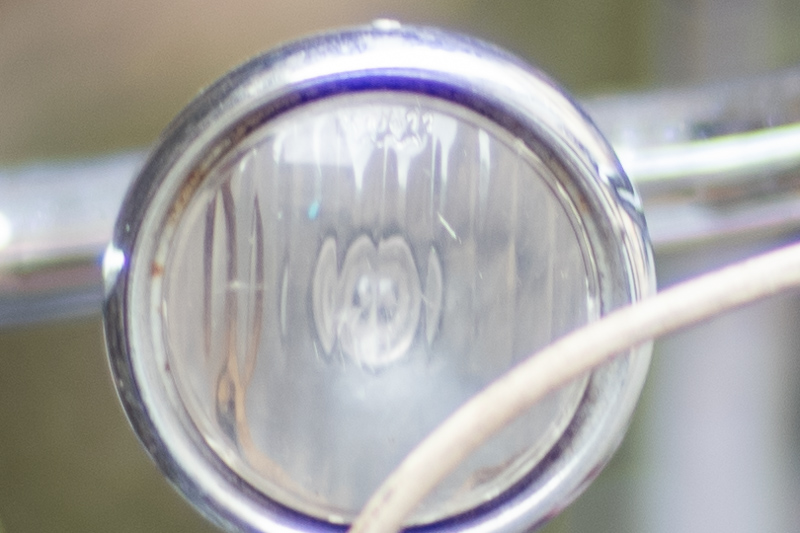
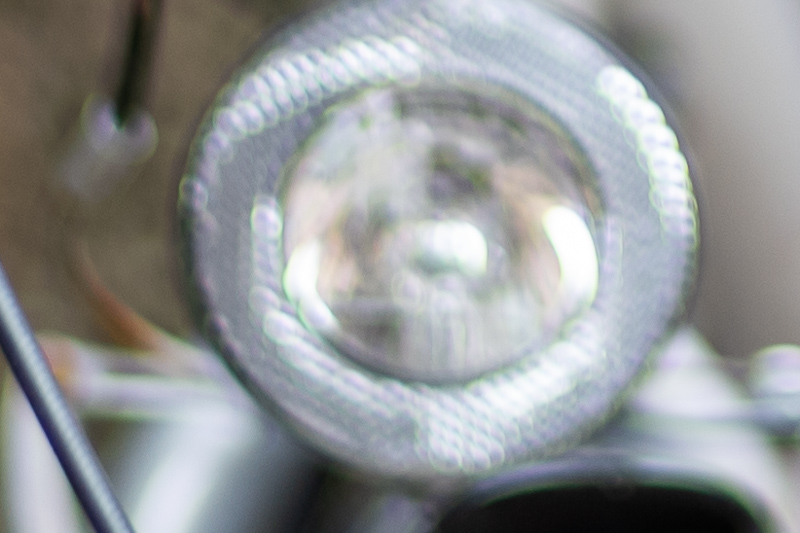
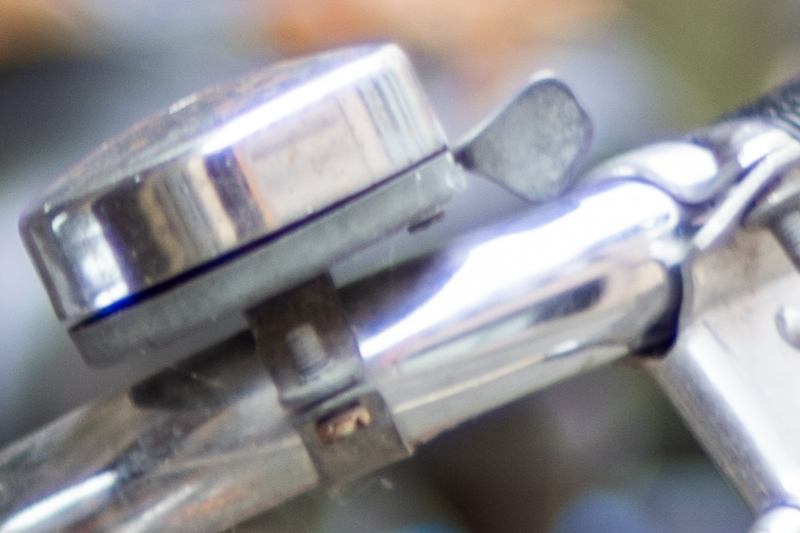
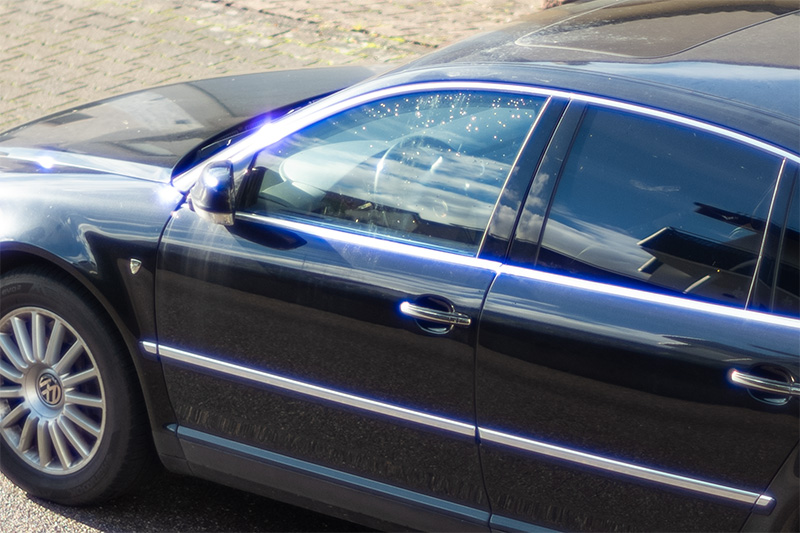
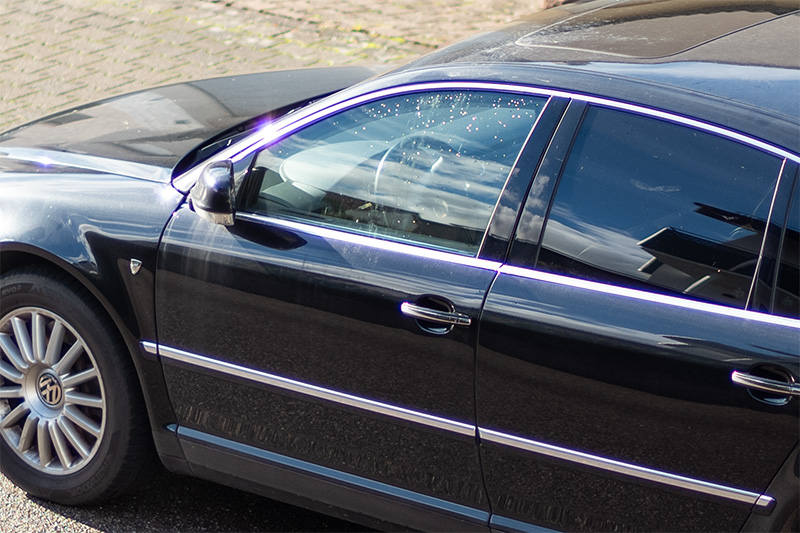
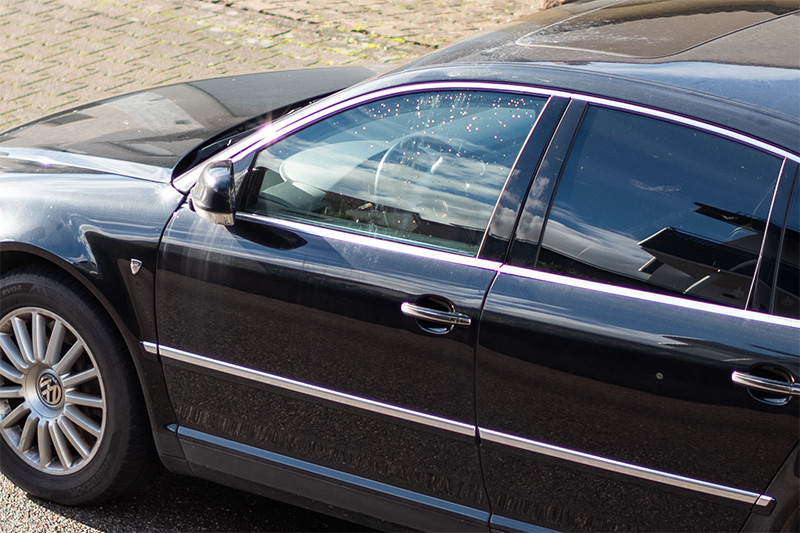
I’m so pleased to see this unloved lens reviewed by you 😉 I’ve it for years, and I’m unable to part with it. It’s essentially your description : high contrast and resolution from f/1.1 at portrait distances. So interesting to see it compared to the new Nokton by you.
Yes, for bokeh, I prefer the Mr Ding you made me discover 😉
I have the Mr Ding v2, I bought it because your enthusiast review (actually reviews),
I was disappointed, but using it and having the Nokton 1.2, I loved its character below, f/1.9, and the narrow fov, I prefer it to the 58 1.4 SL first version.
BTW, the Mr Ding is sharper I think but lacks completely of the contrast from Cosina, and this Nokton stopped down surclasses the Mr Ding for landscapes.
What an excellent lens, I think it has much much nicer contrast and colors than the Mr. Ding IMO. Thought, as long as the 50/1 is an option I don’t see this lens as being very competitive. I think the 50mm/1 has phenomenally better bokeh, and retains the same beauty and contrast and even lets in a little more light
Thank you for reviewing this lens. It’s one of my favorites for portrait and night photography despite it’s many and obvious flaws. It has terrible corners – deeply vignetted, fuzzy, with a curved focal plane, and a hint of off-color muddy green in my a7ii (but not so much in my a7c) in the corners and because of that it stinks at landscape, art, and architecture photography where a balanced full frame image is desired. I think that’s the origin of some of bad press about this lens (as well as the focus shift issue you identified). The other thing I’ve seen frequently criticized about the f1.1 Nocton is is the “nervous bokeh” – which you address here by describing the outlining seen in out of focus elements. Lastly, using a helical adapter to close-focus yields notably poor performance – which you identified too and attribute to the lack of floating elements.
But all these defects aside, I find that when used in way which accentuates its strengths – i.e. in portraiture where the subject occupies the center of the frame and separation from the background is desired – and night photography where its sensitivity is featured and the dim corners disappear into the darkness – it absolutely slays. I find that the nervous bokeh is a look which fits edgy fashion, urbex, and bar photography exceedingly well. In those roles I found this an indispensable lens.
I’m a long-time reader and lurker (this is my first comment). I want to praise this blogs format and the excellent reviews and photography displayed. I read it regularly and find it has influenced my photography in many ways. Kudos and thank you!
You are welcome!
Another interesting fast (almost normal) lens is the manual Kamlan 50mm f/1.1 Mark 2 — for $170.
It’s marketed as an APS-C lens,
but it covers 24×24 mm on FF without vignette! (~64mm FFeq.)
See Dustin Abbott’s review.
[ https://dustinabbott.net/2019/06/kamlan-50mm-f1-1-mk-ii-review/
]
He measured a minimum vignette-free crop factor of 1.23,
found very slight distortion,
fairly good sharpness wide open and
excellent sharpness and high contrast from f/4.
I find it easy to focus on my Z5 (w. E>Z adapter).